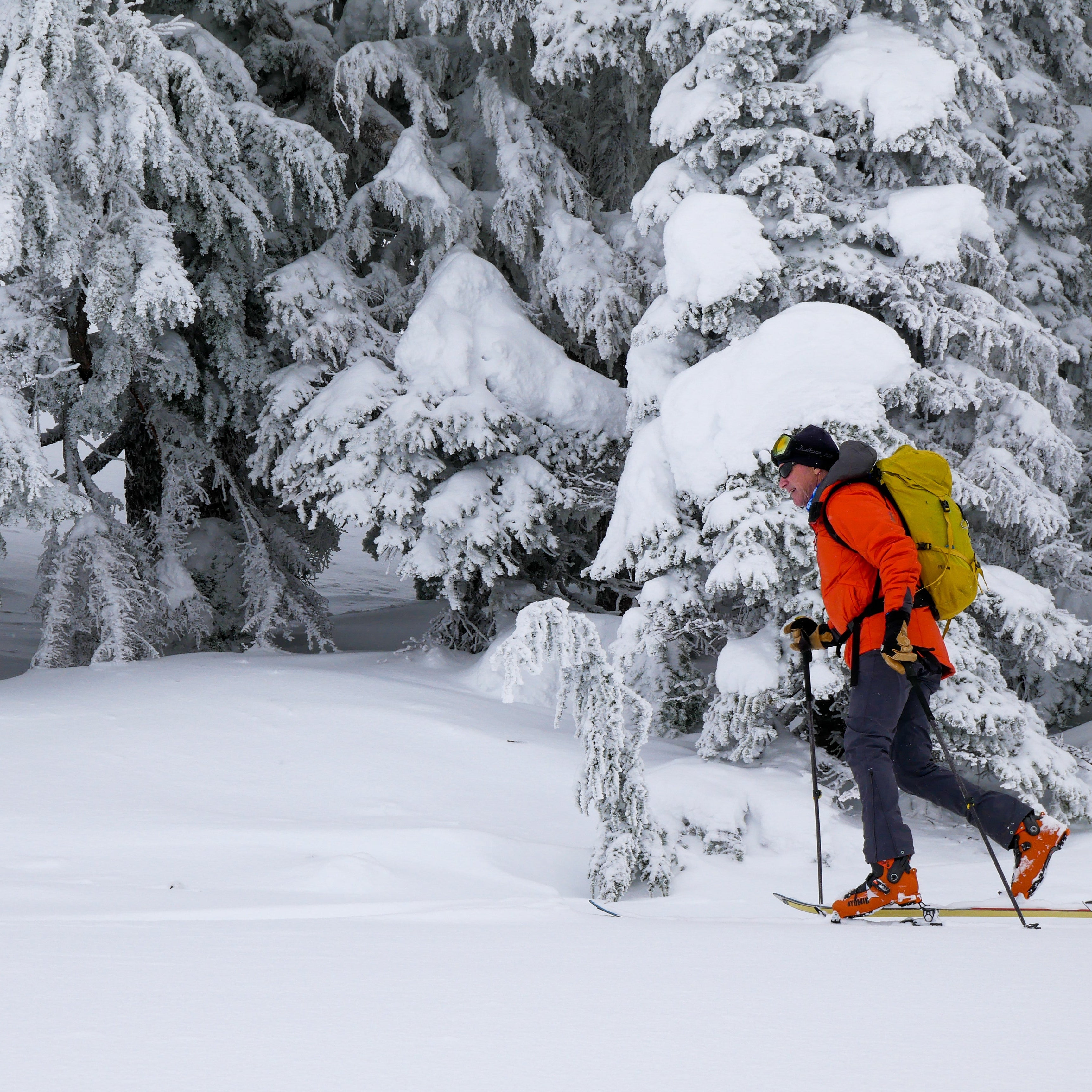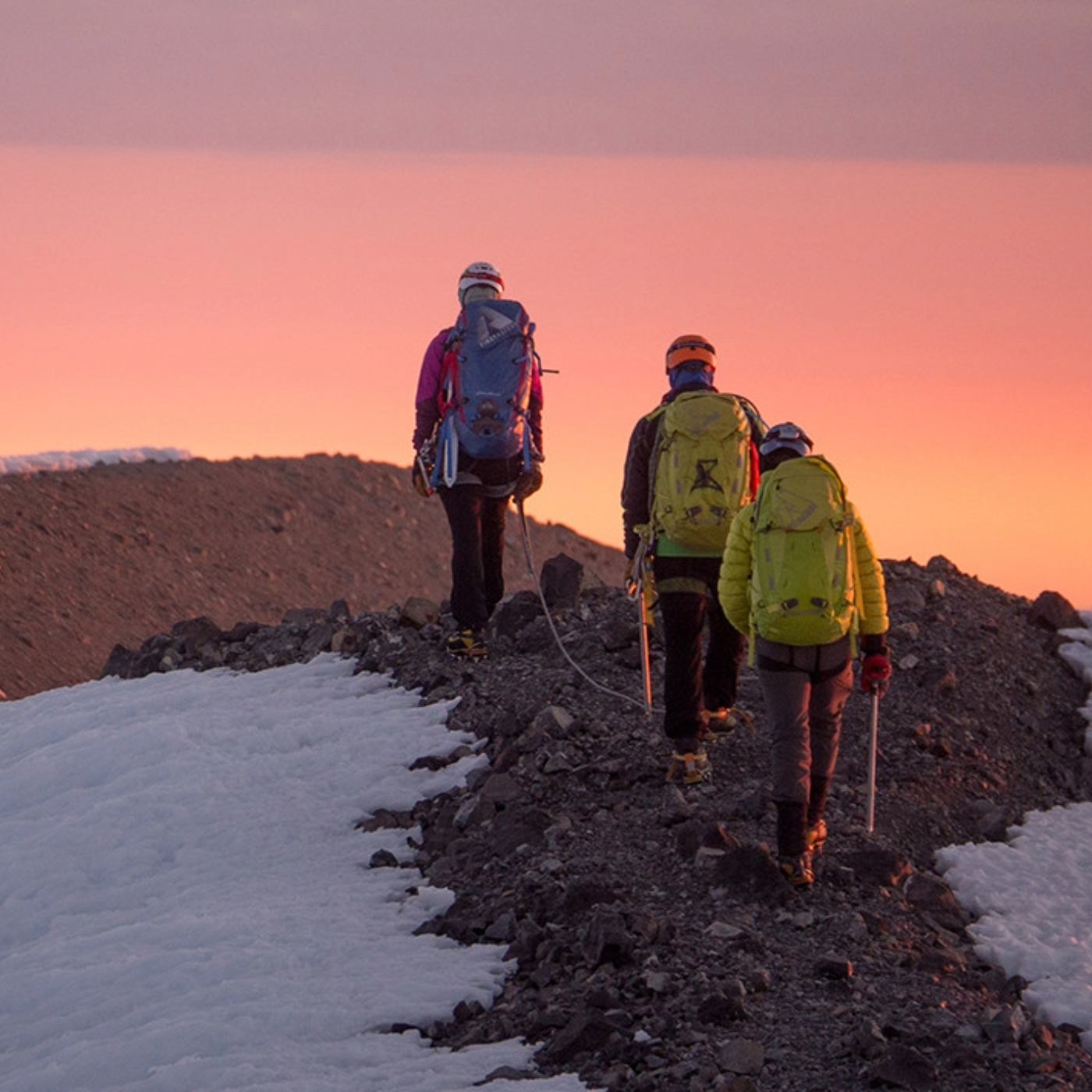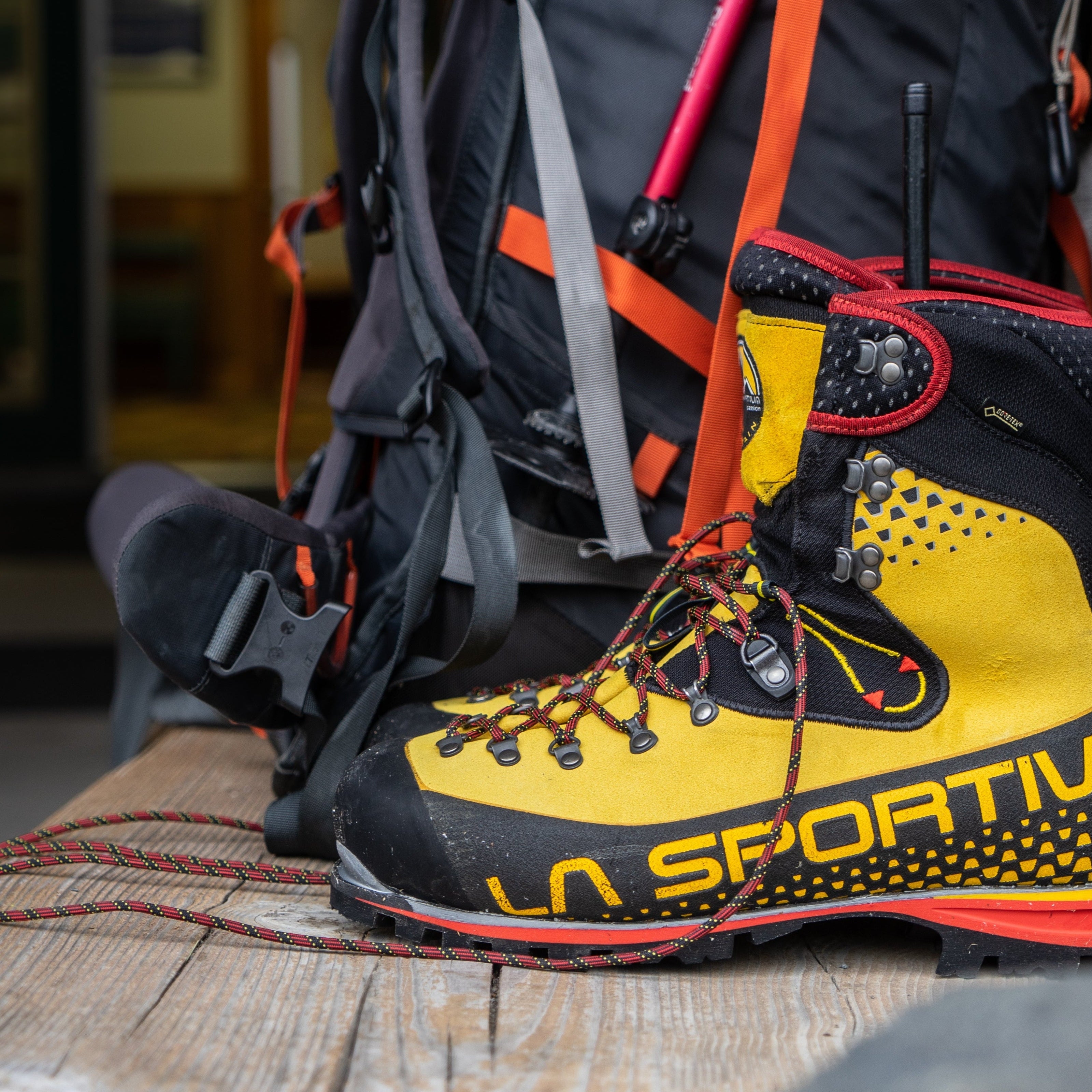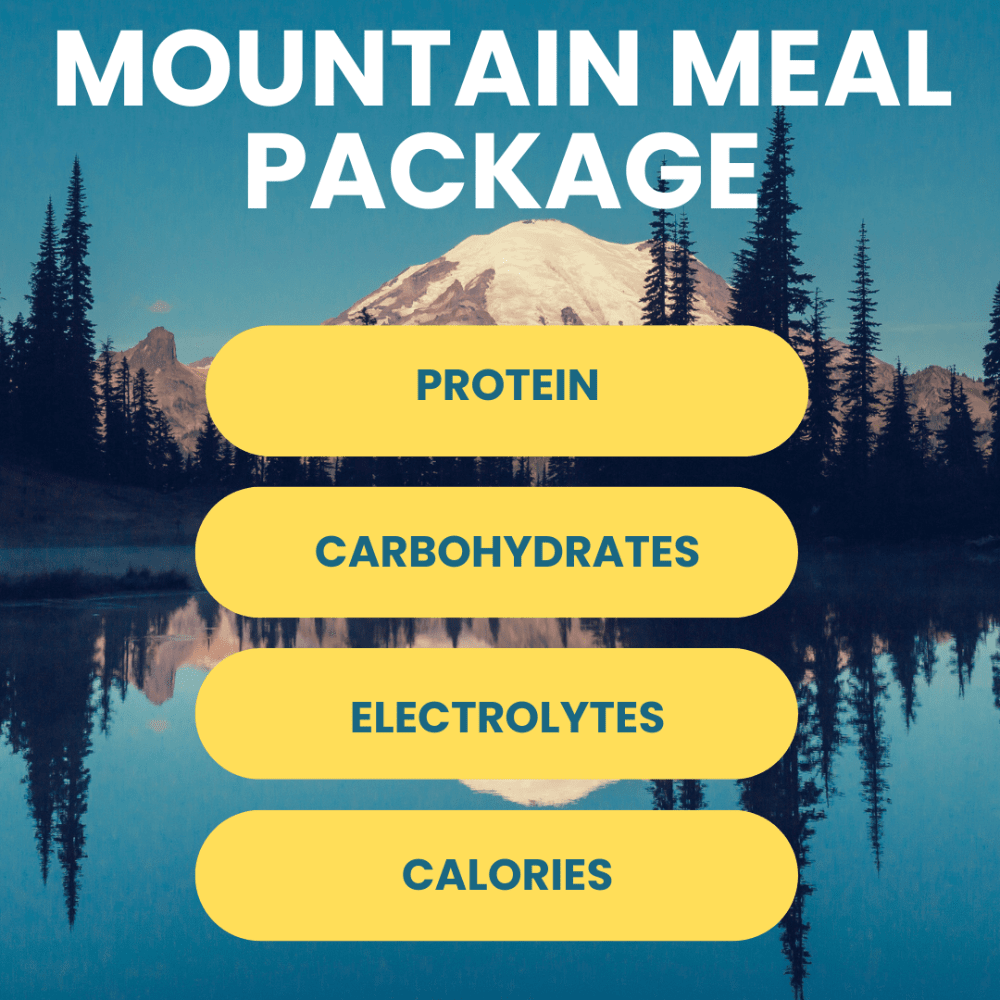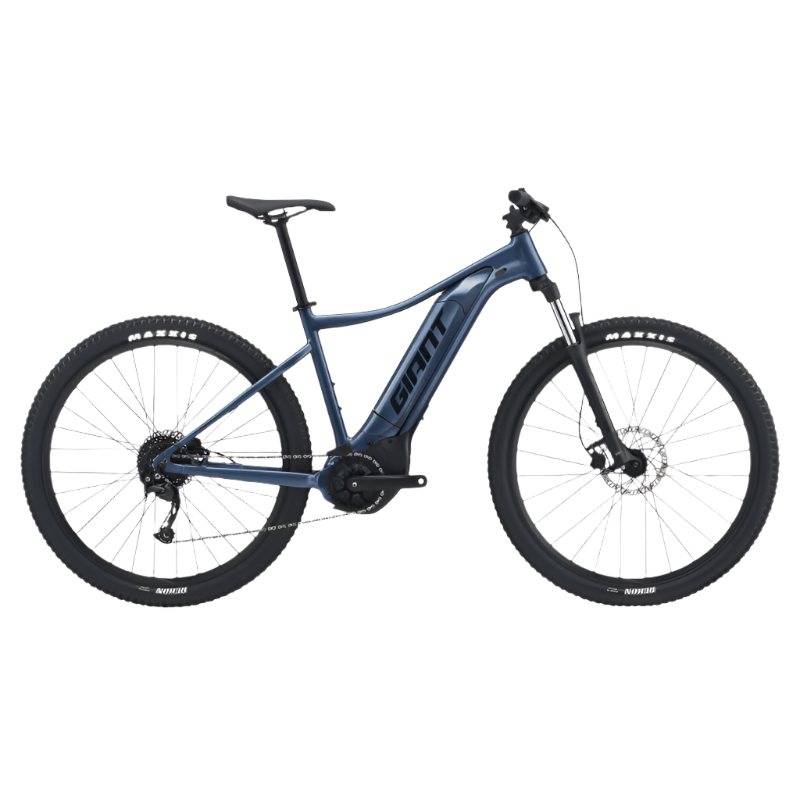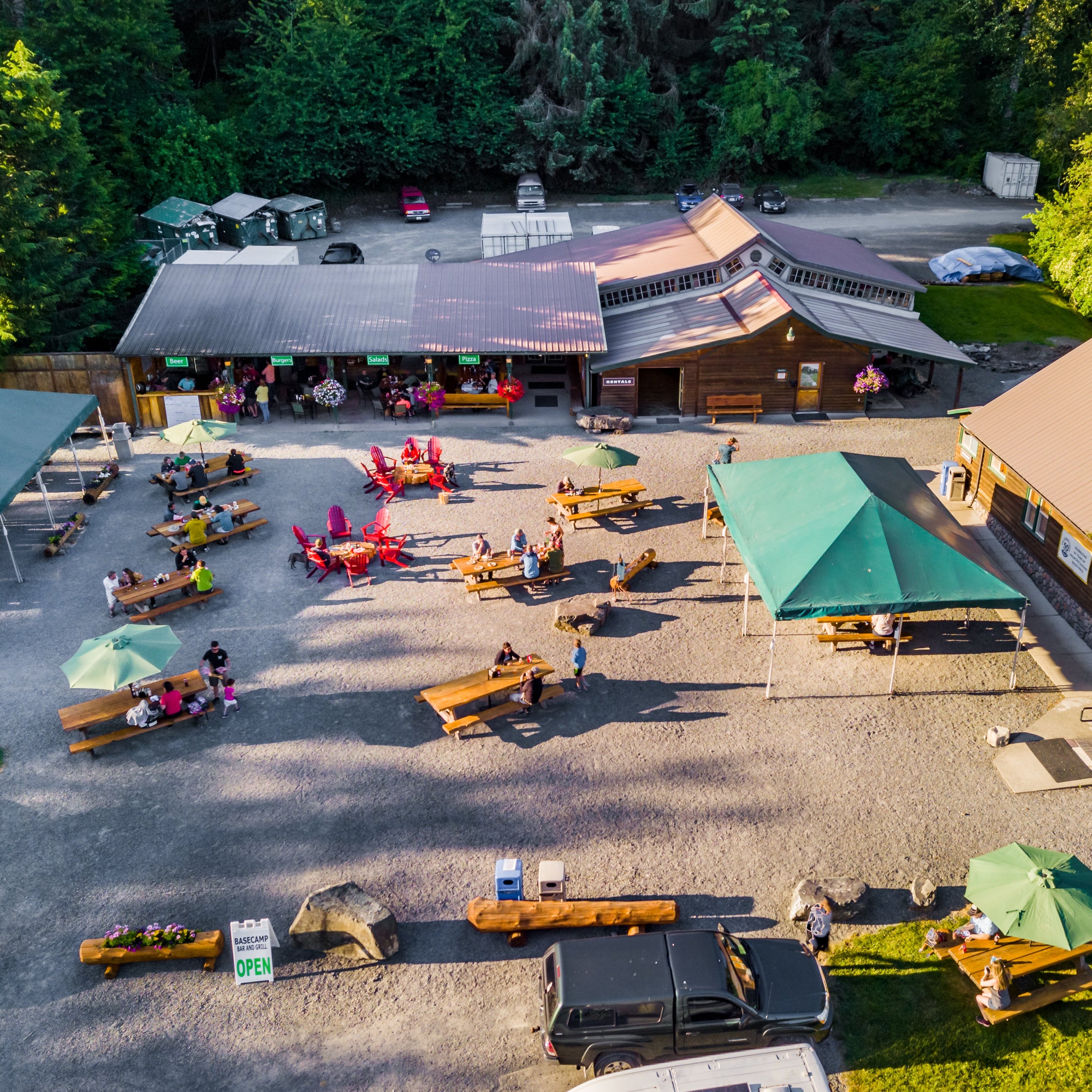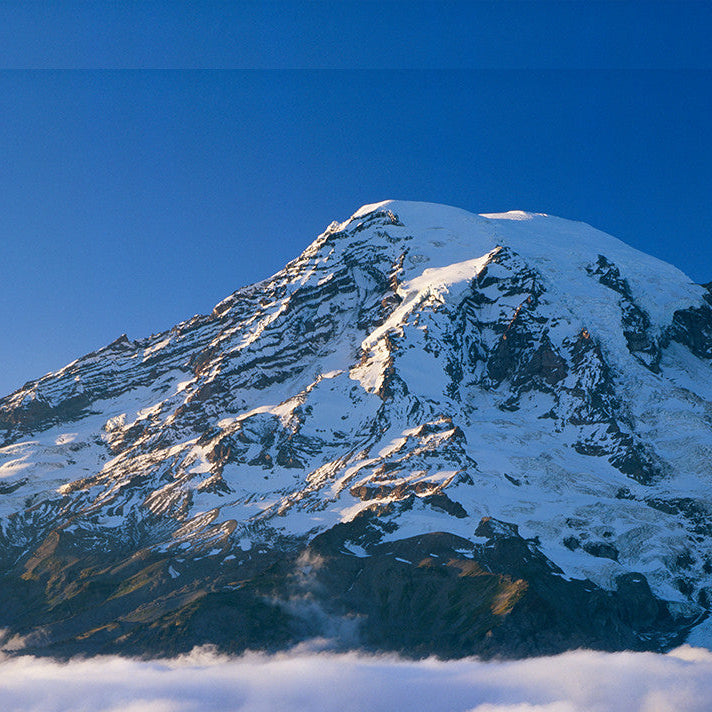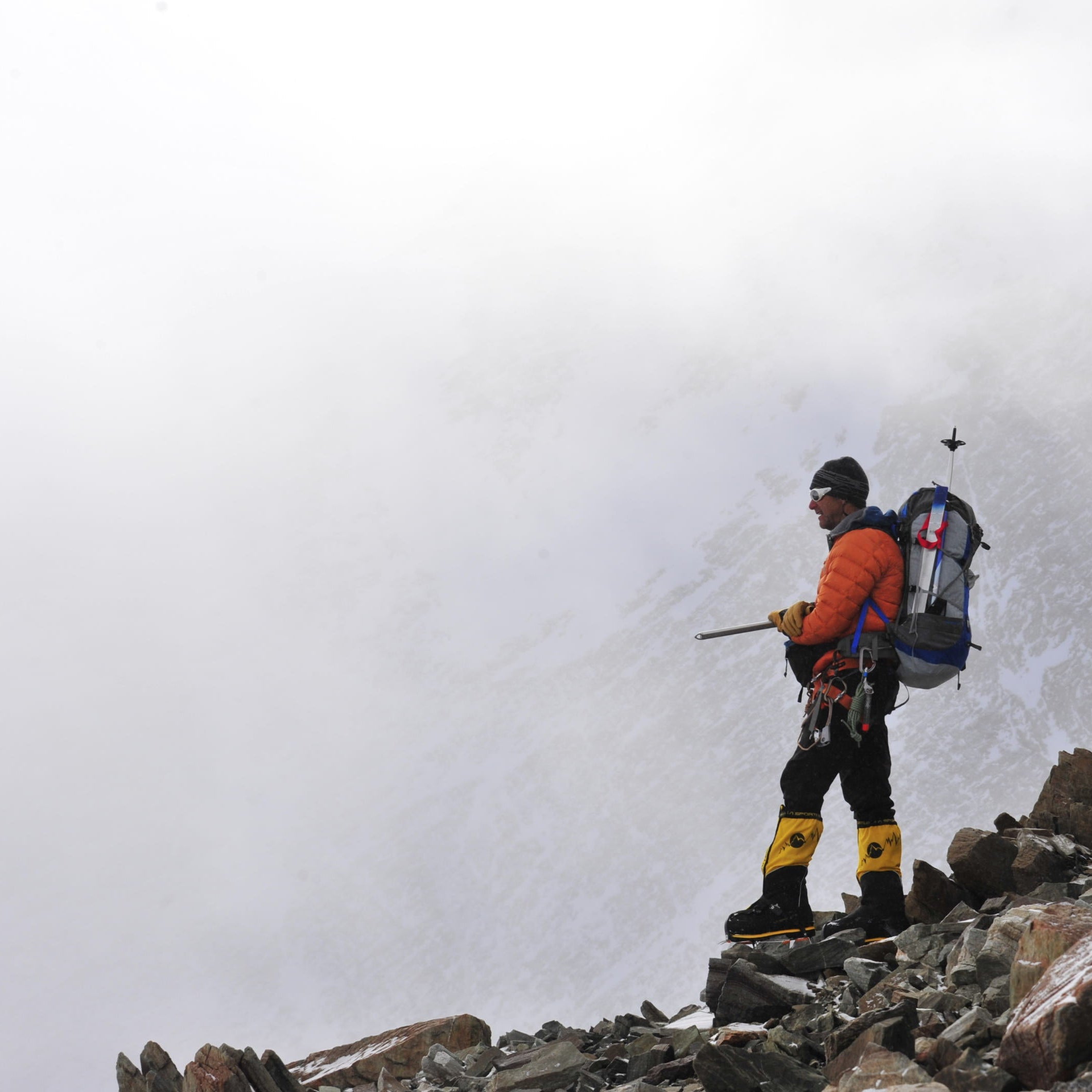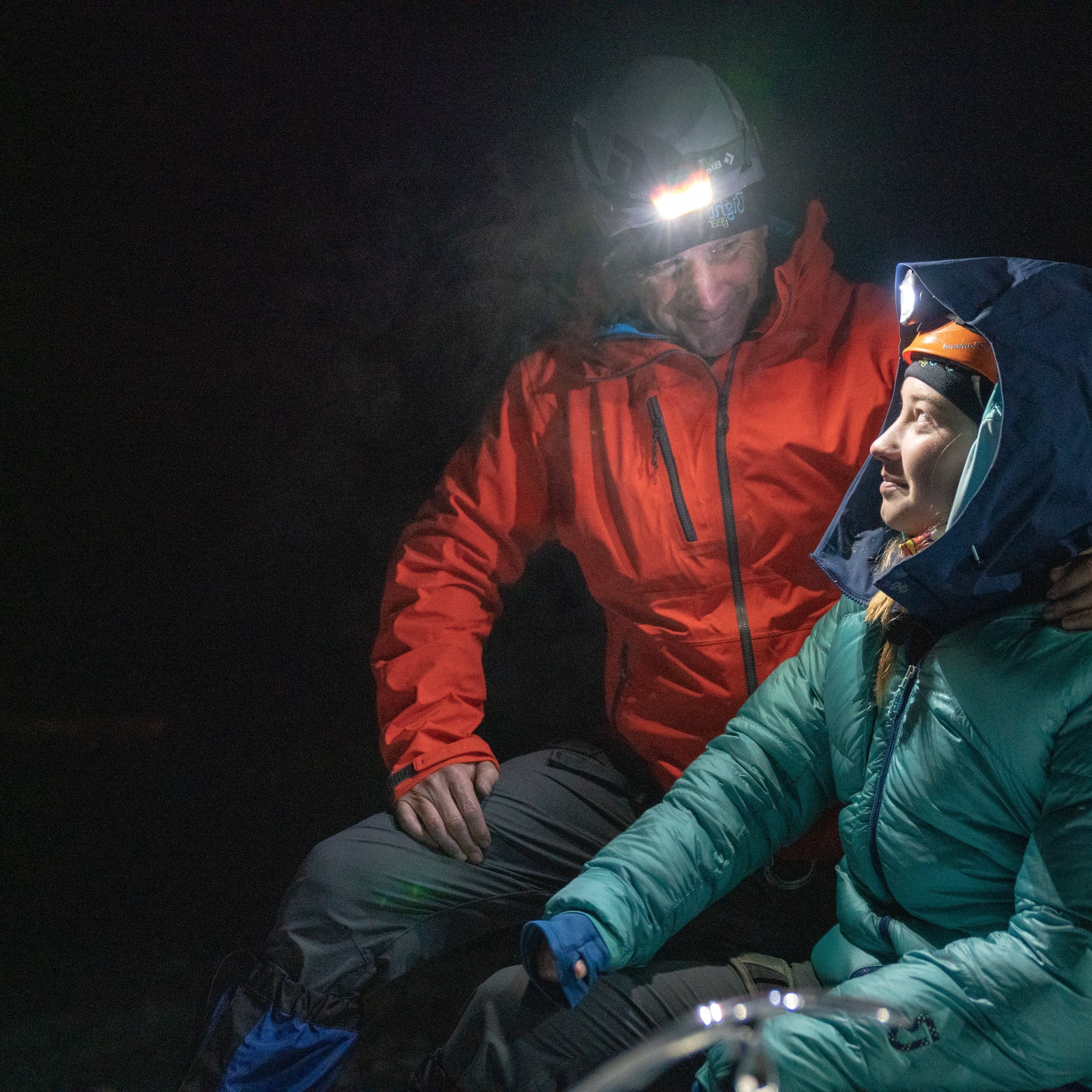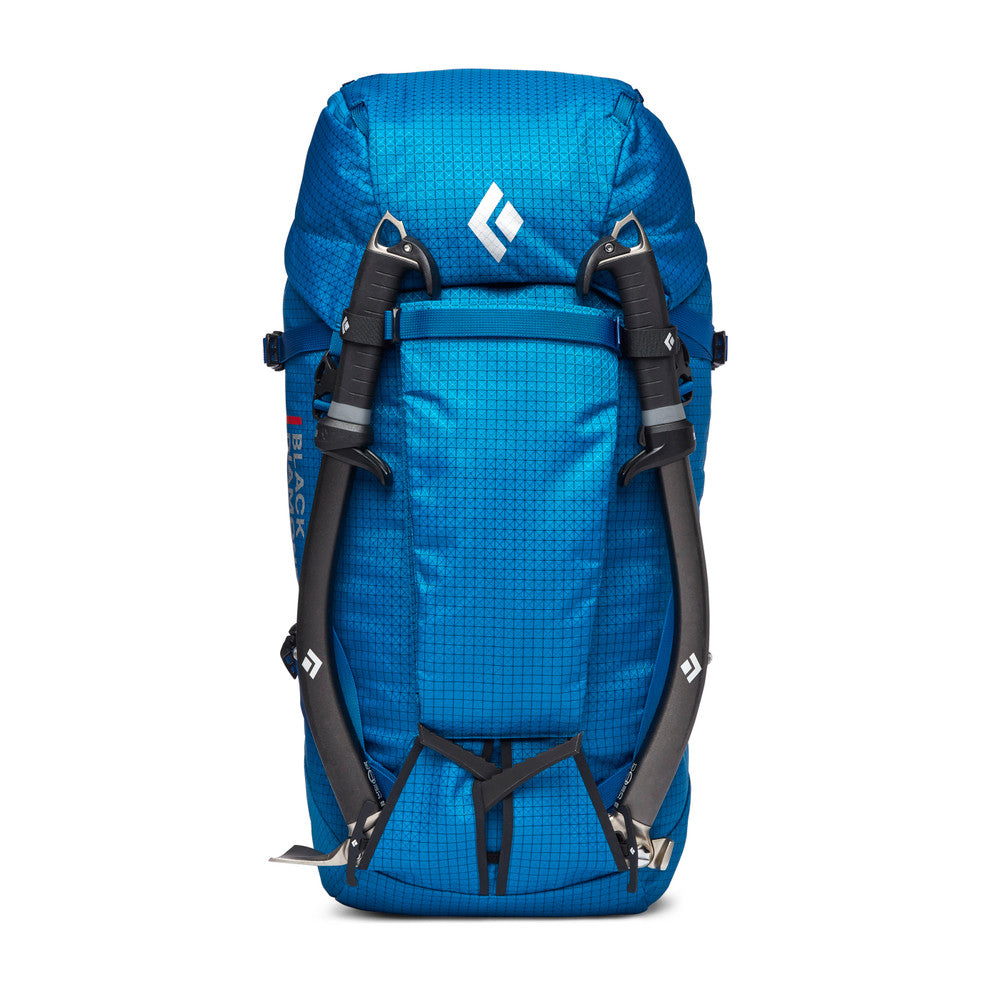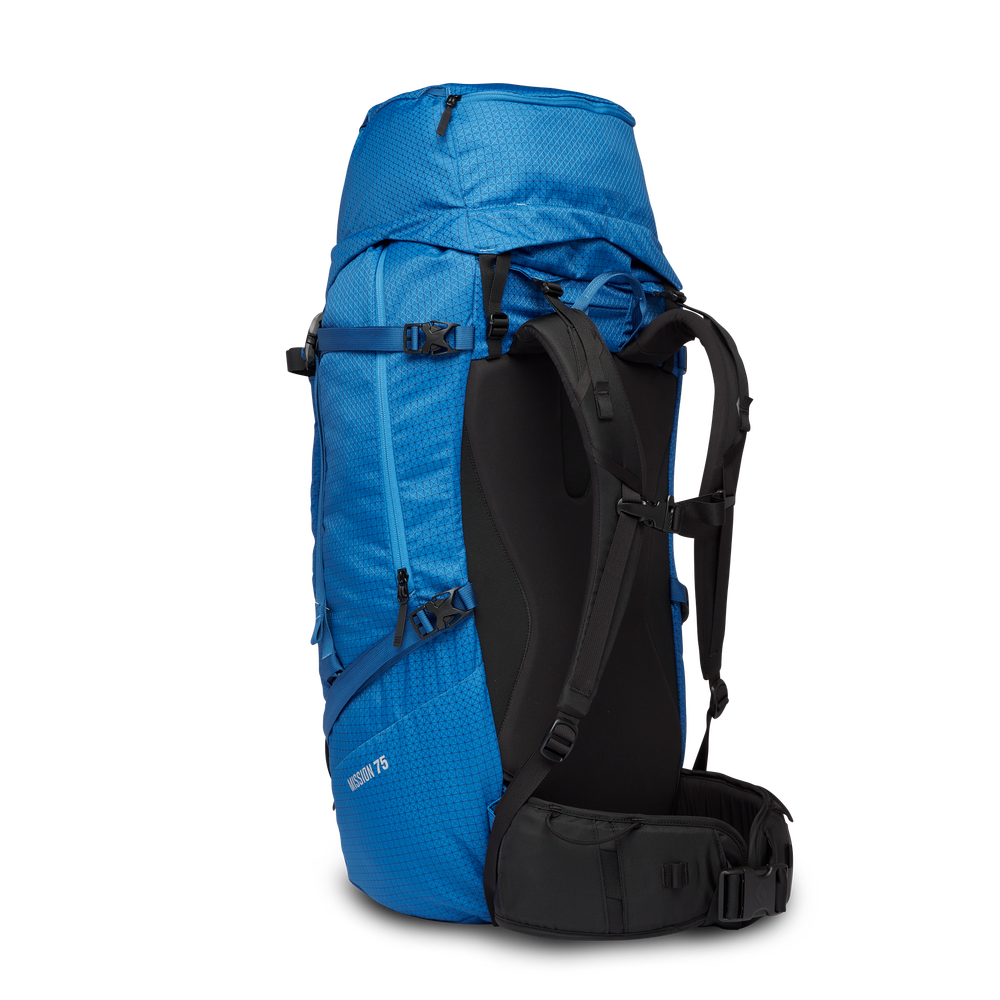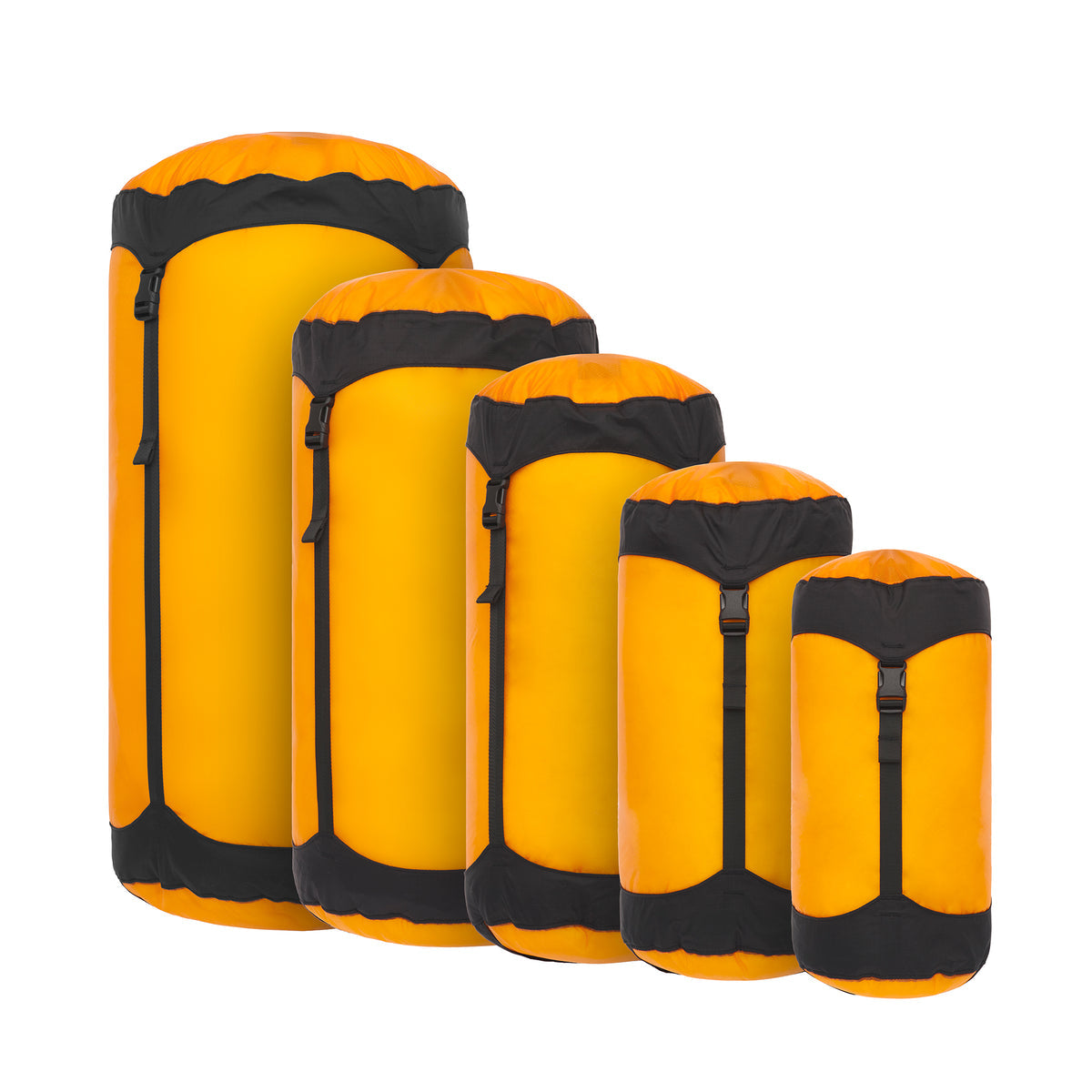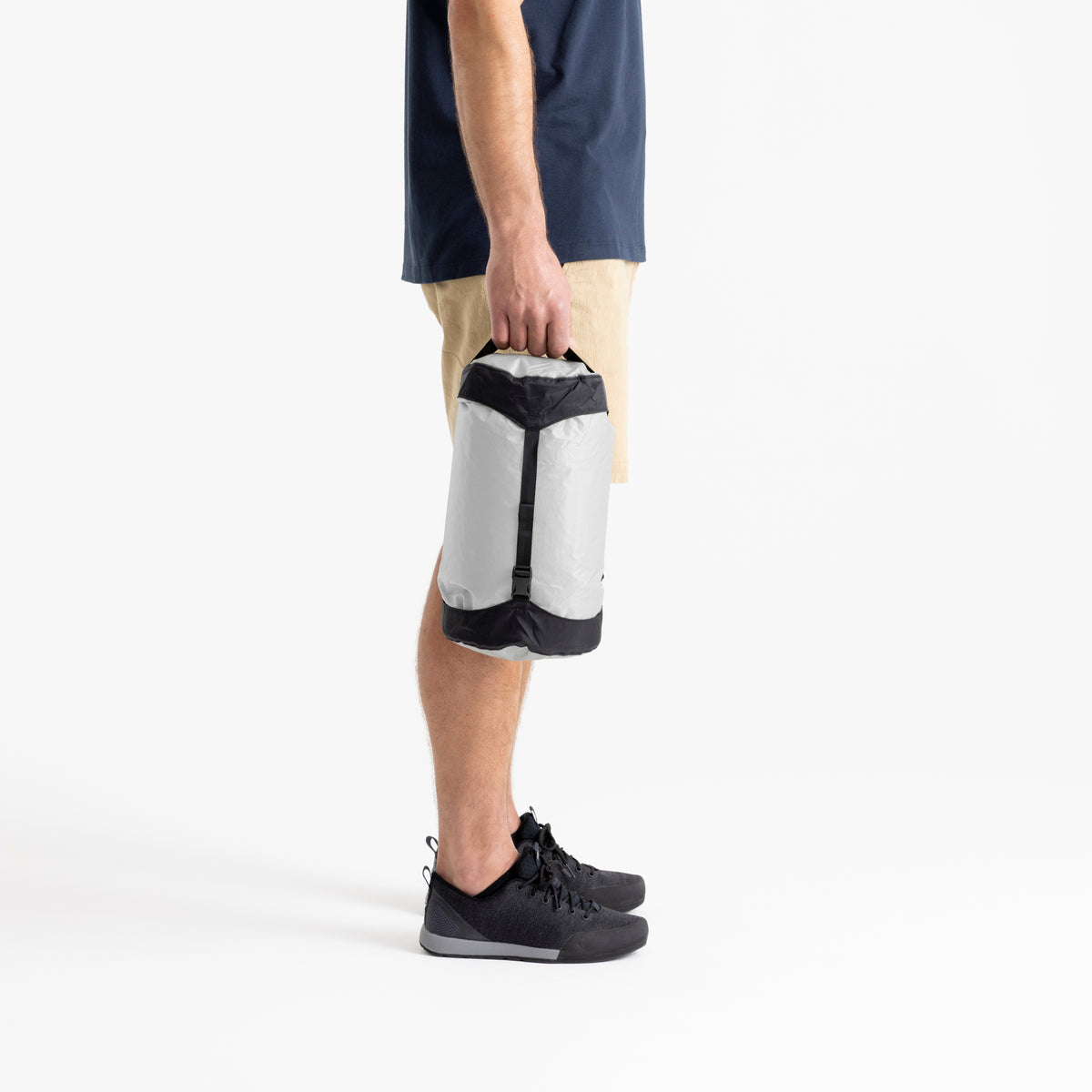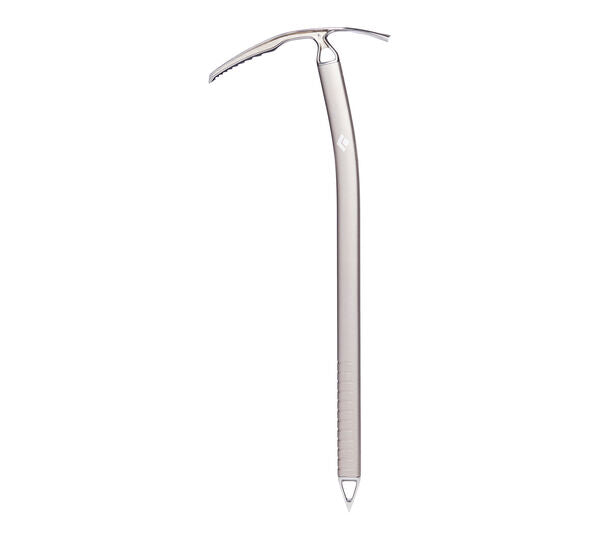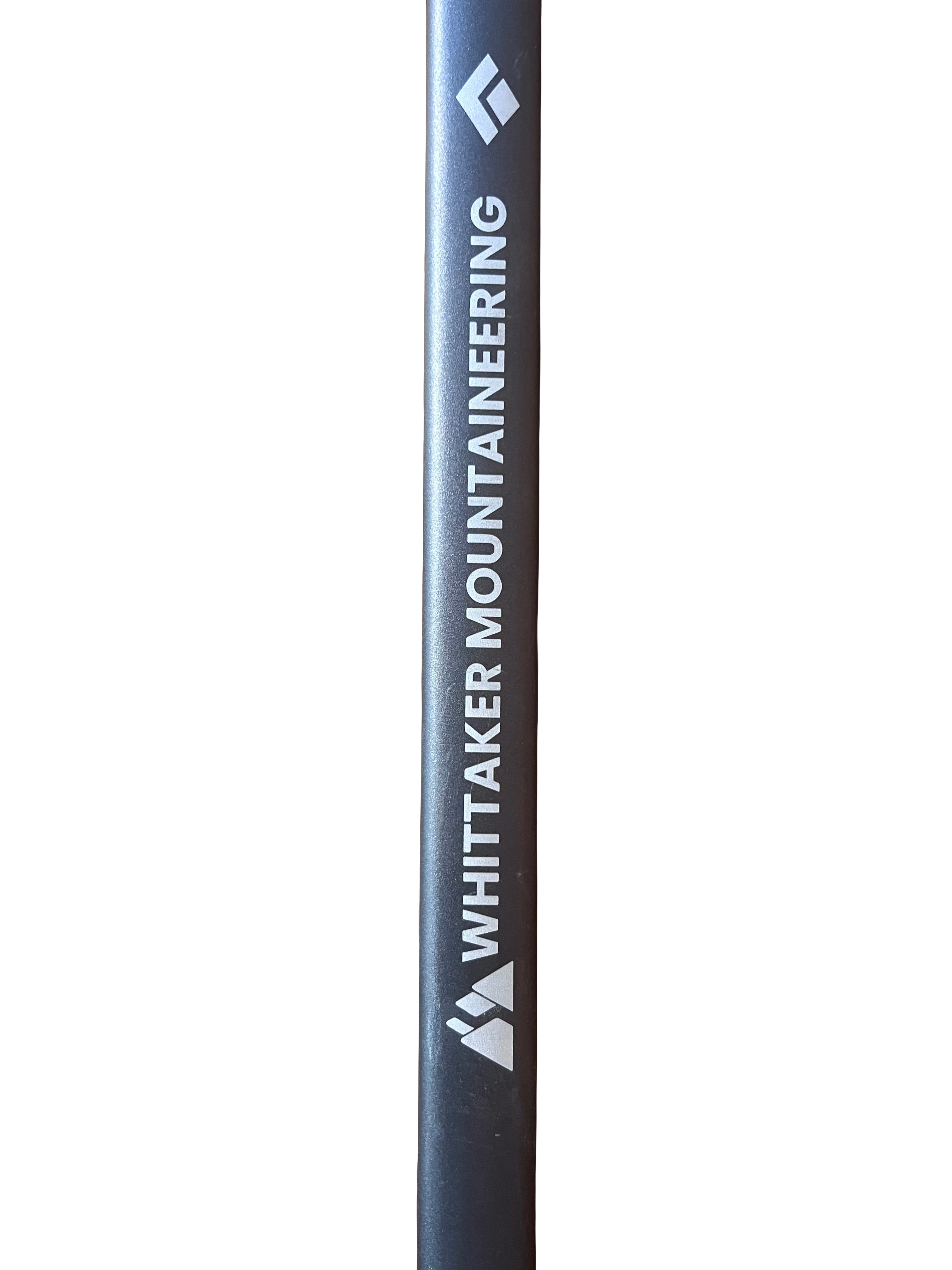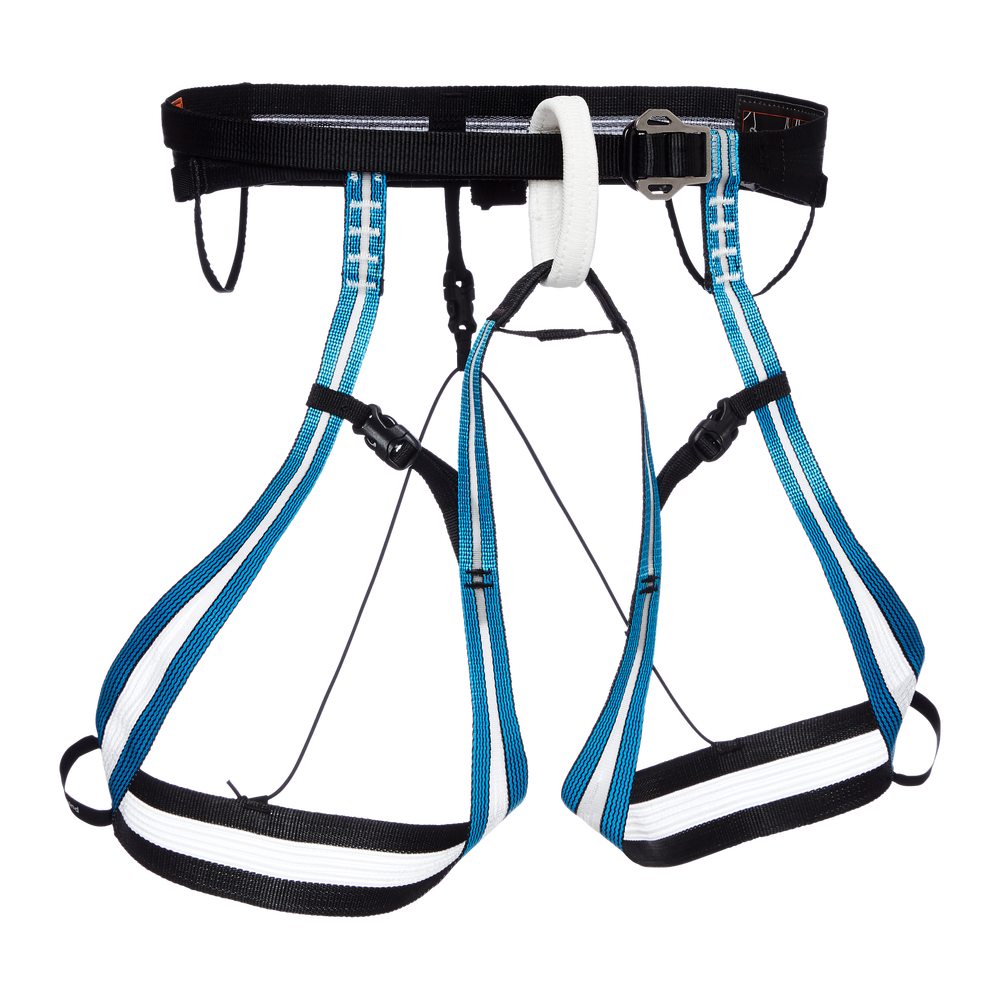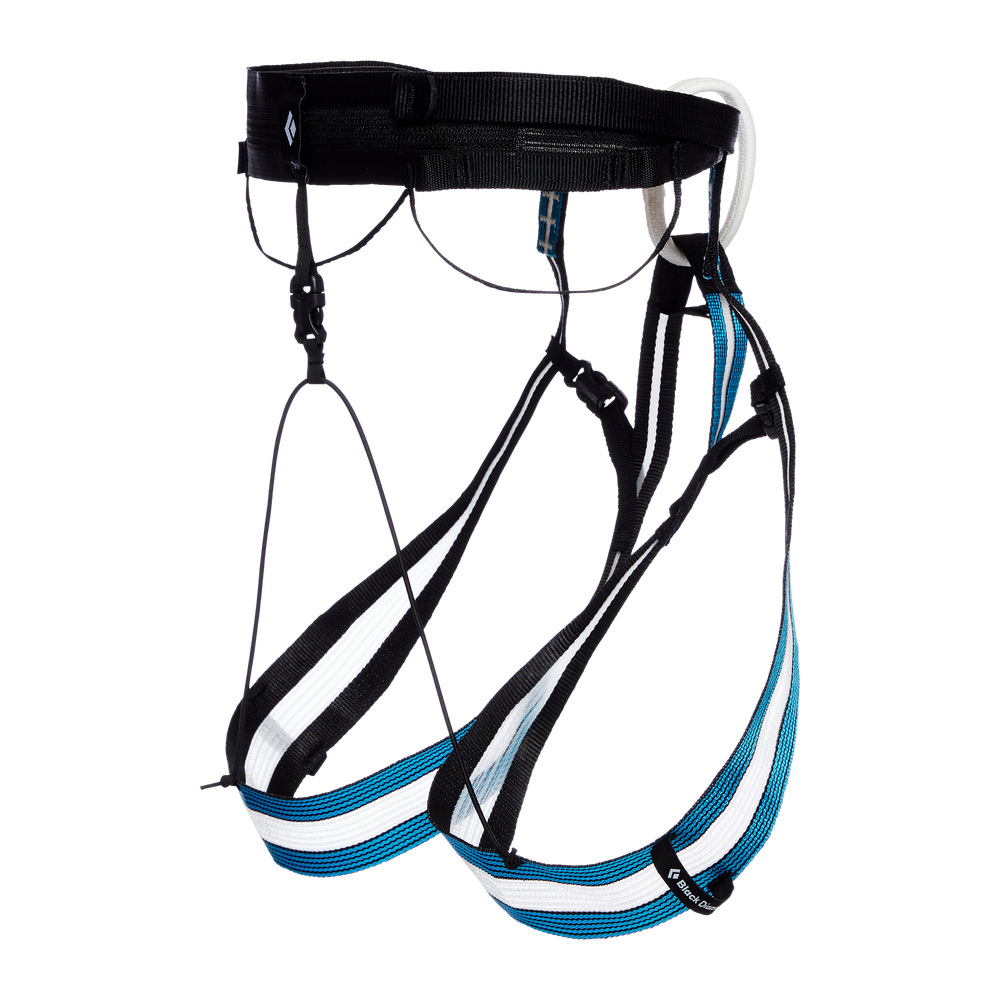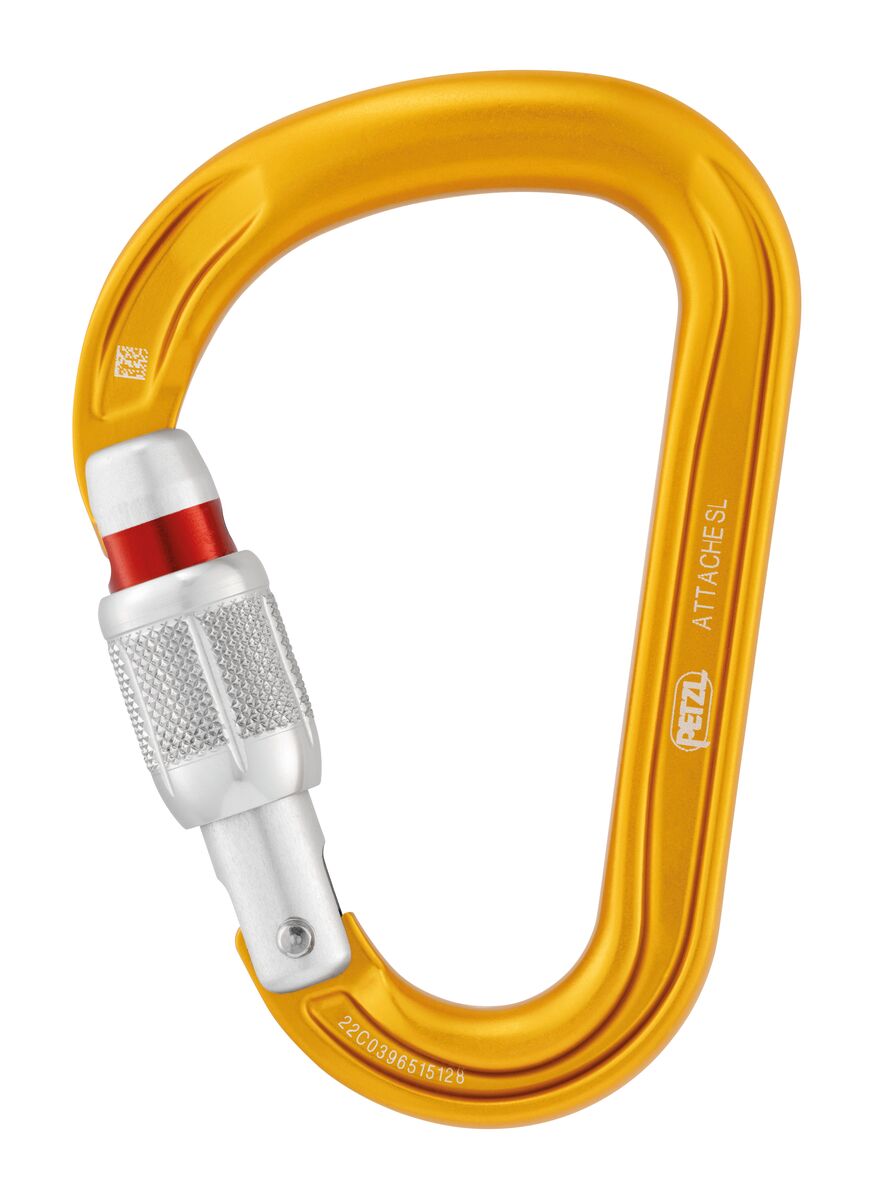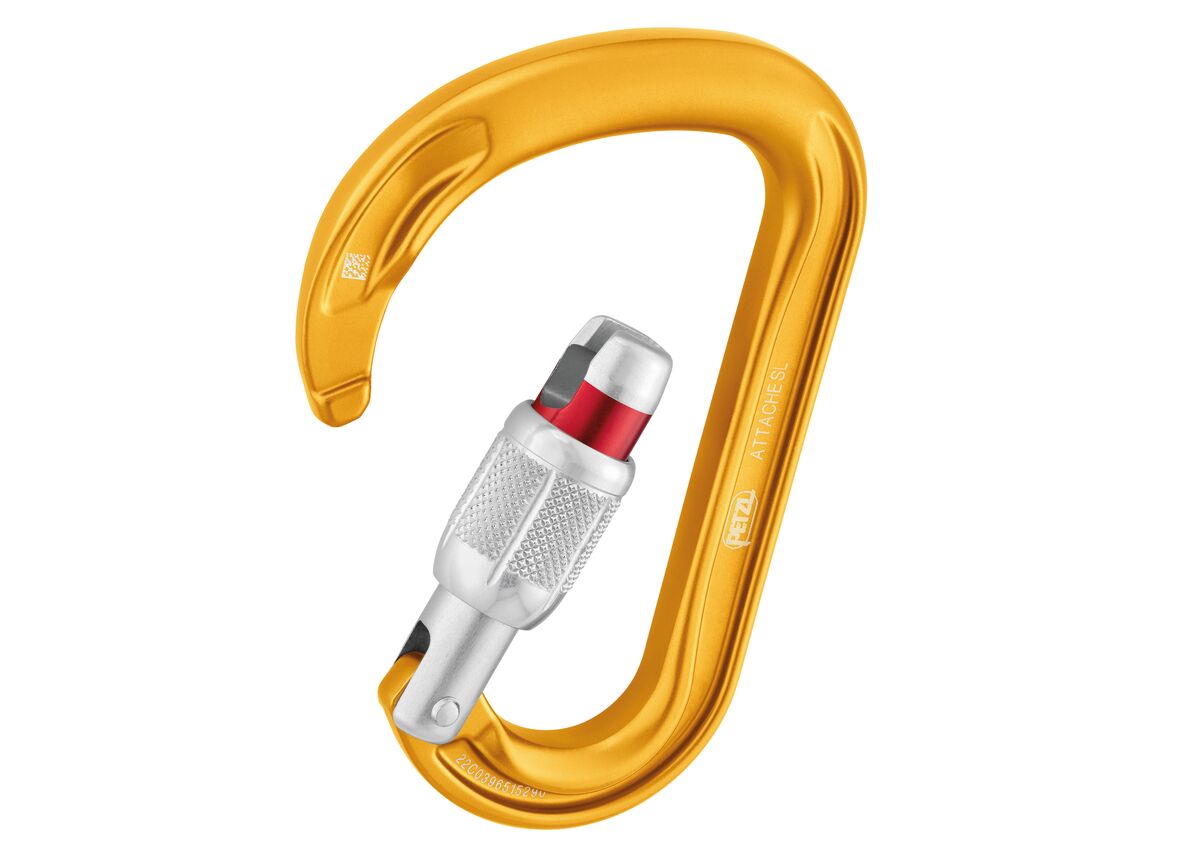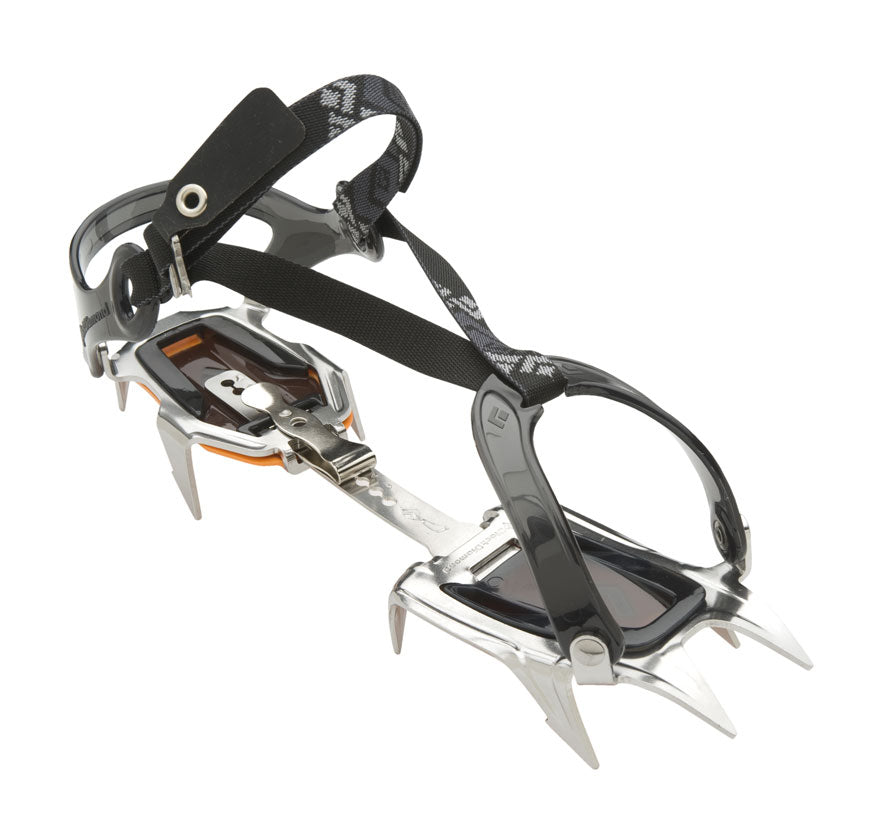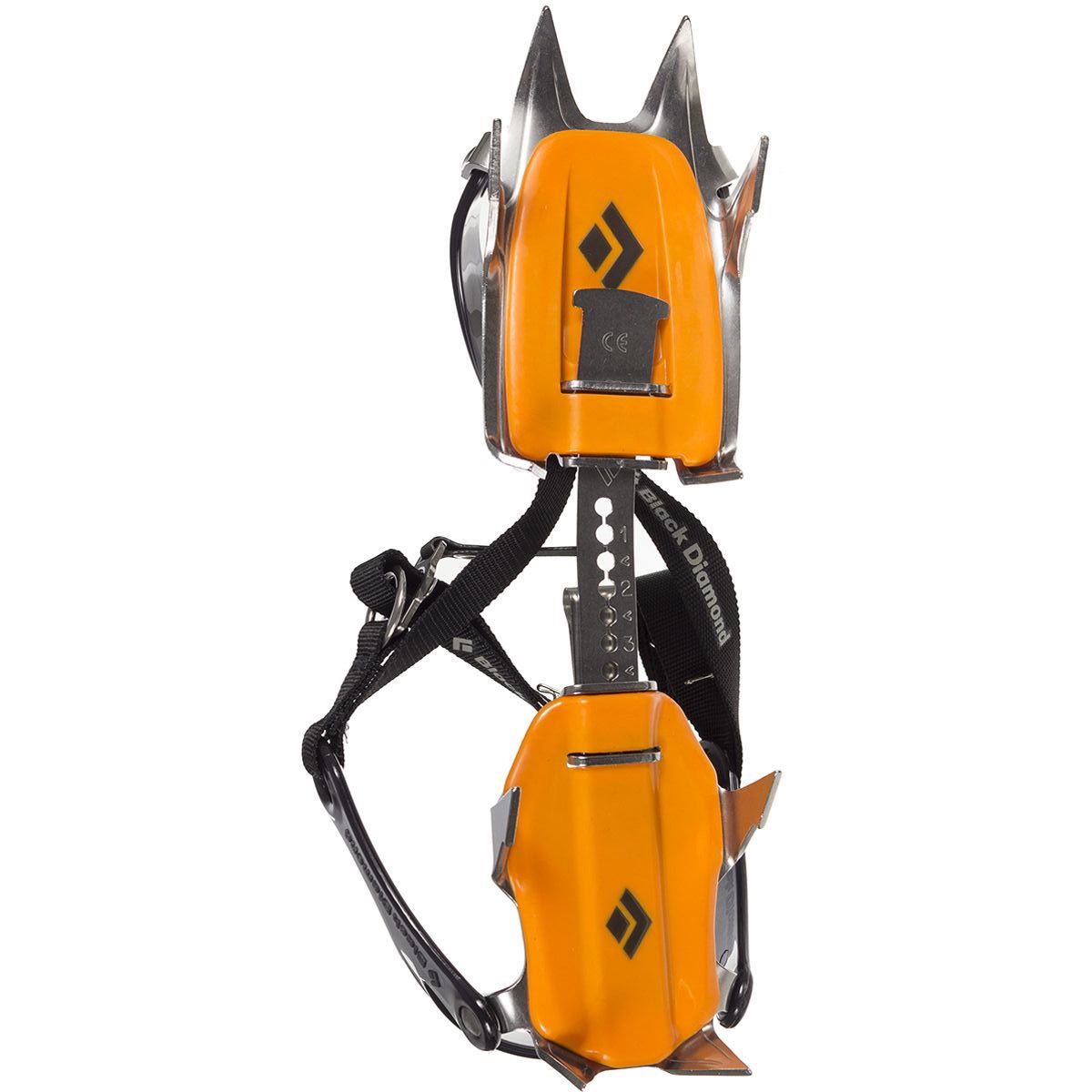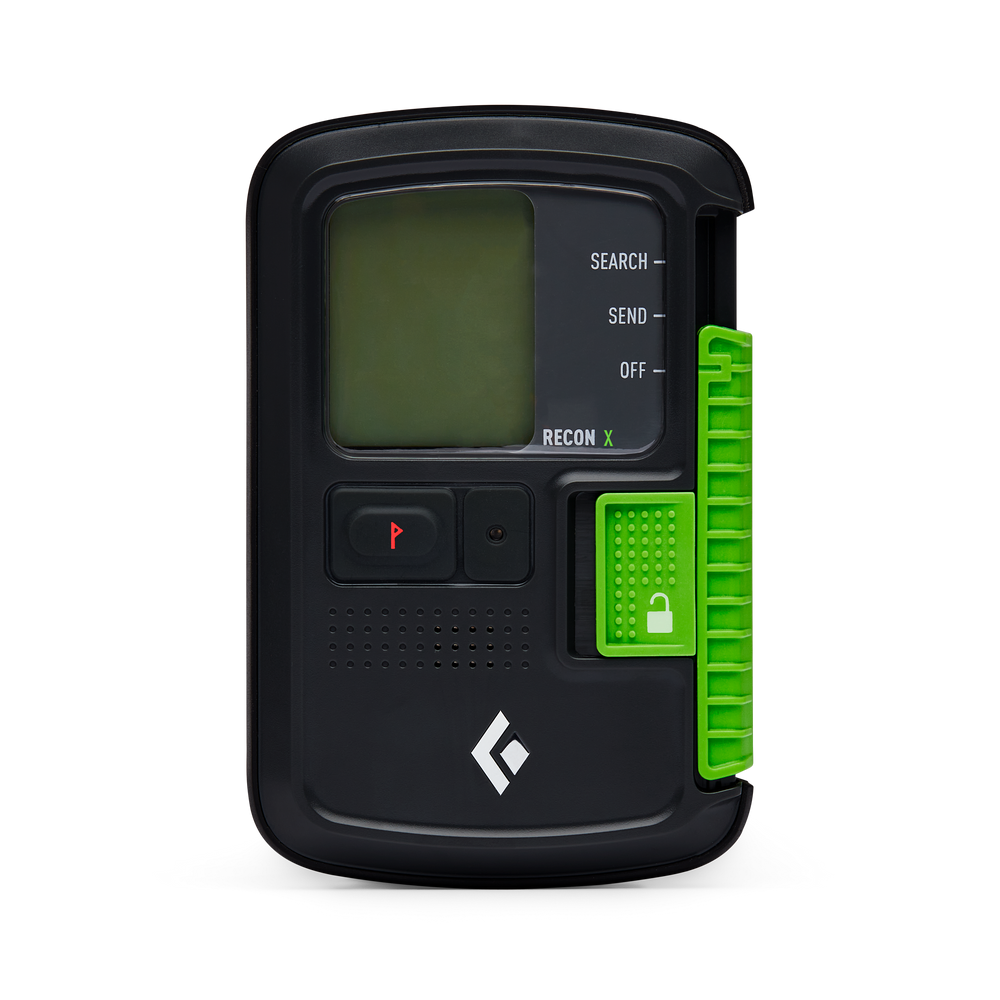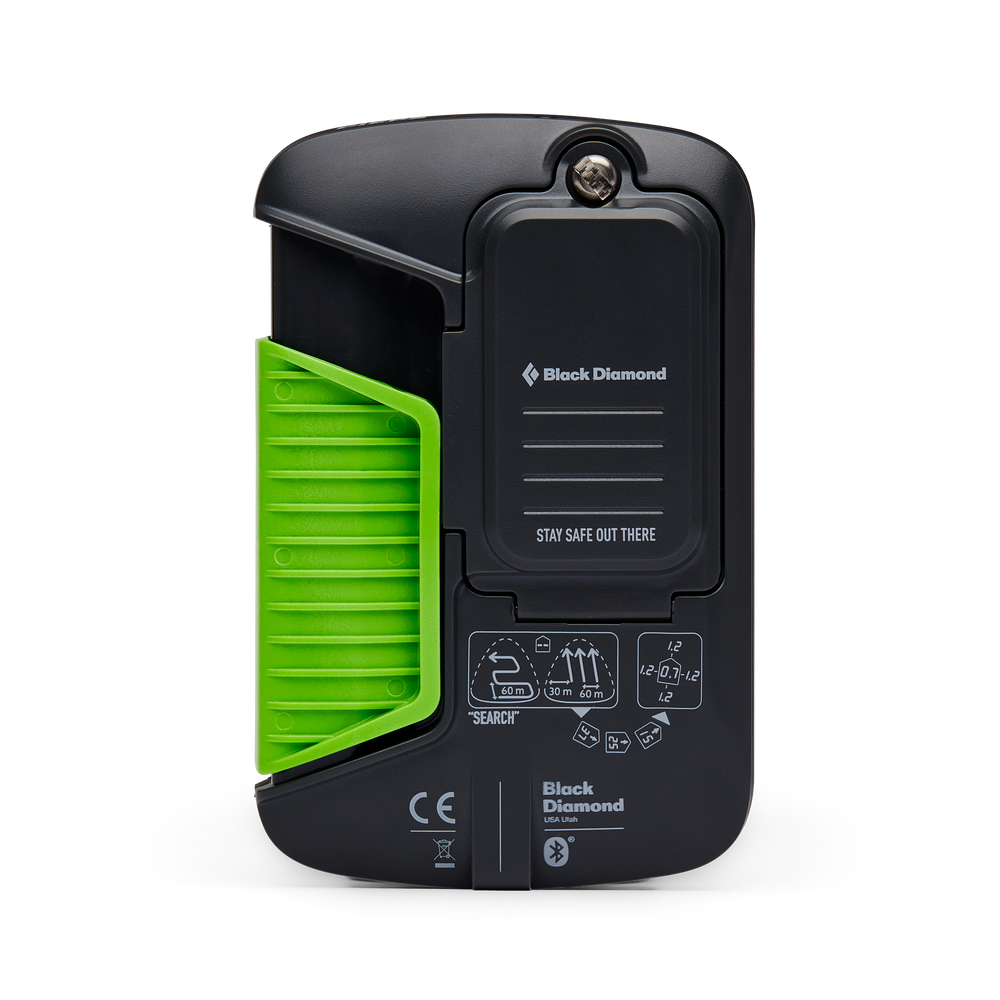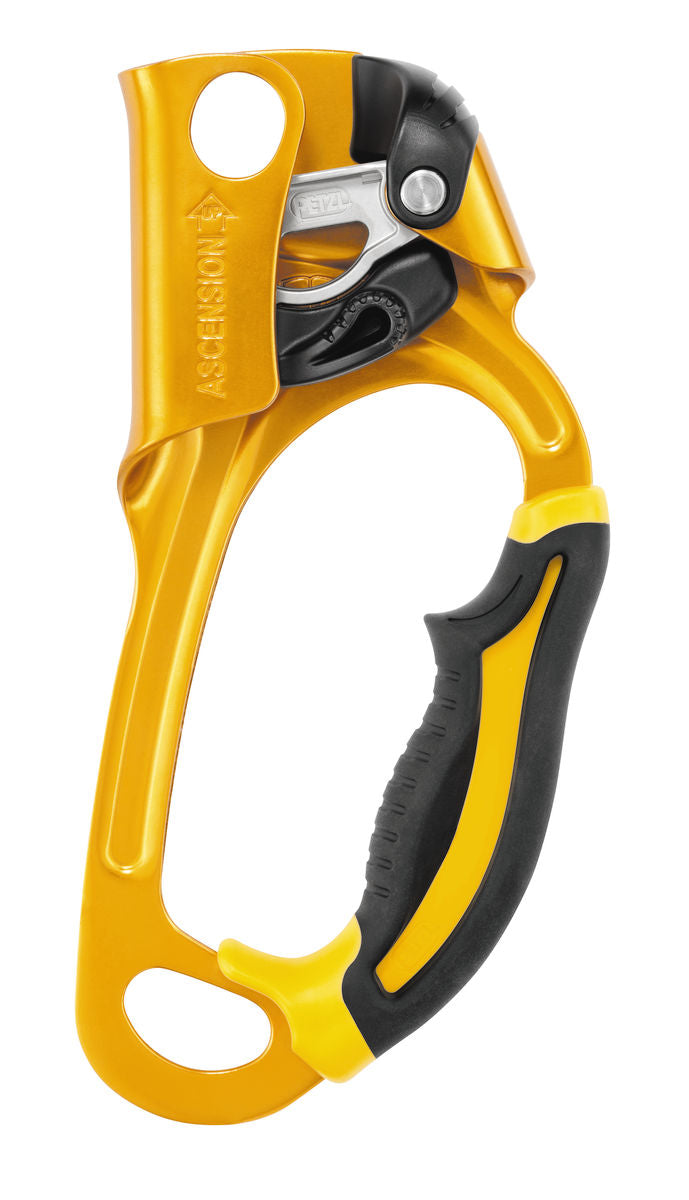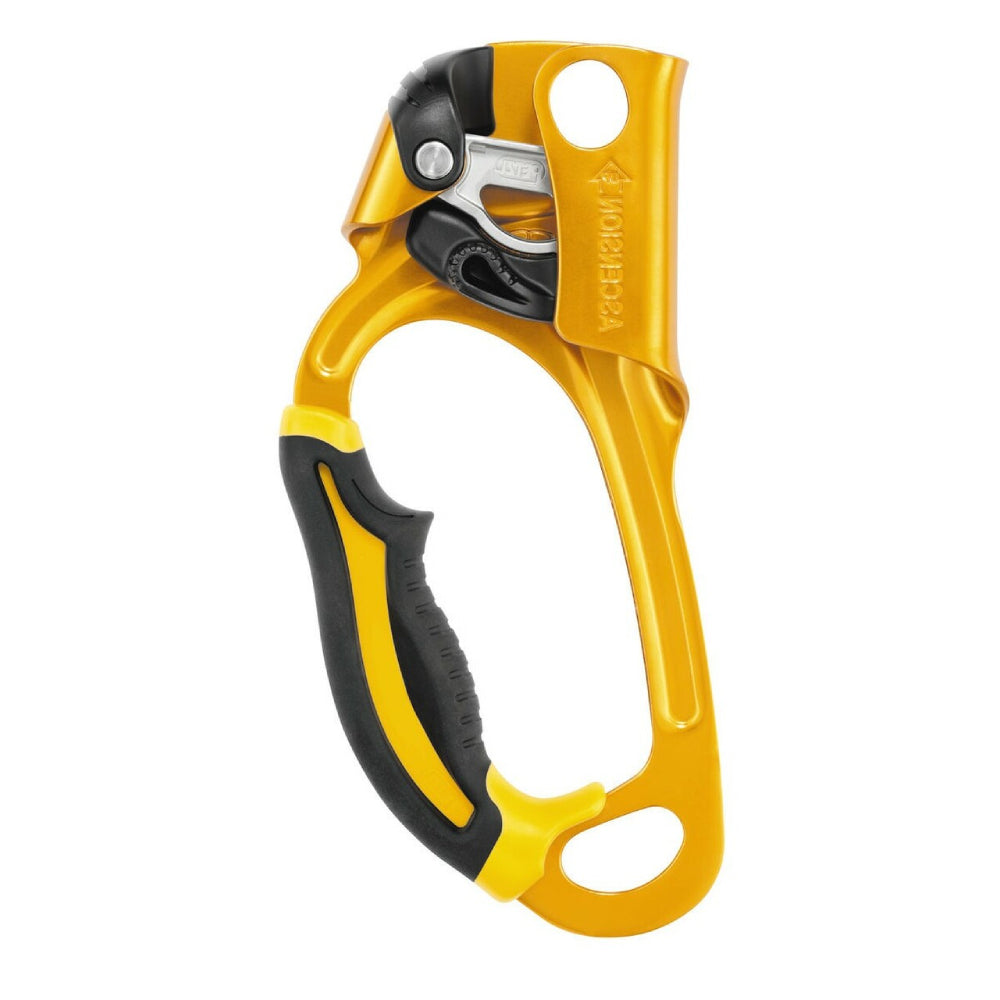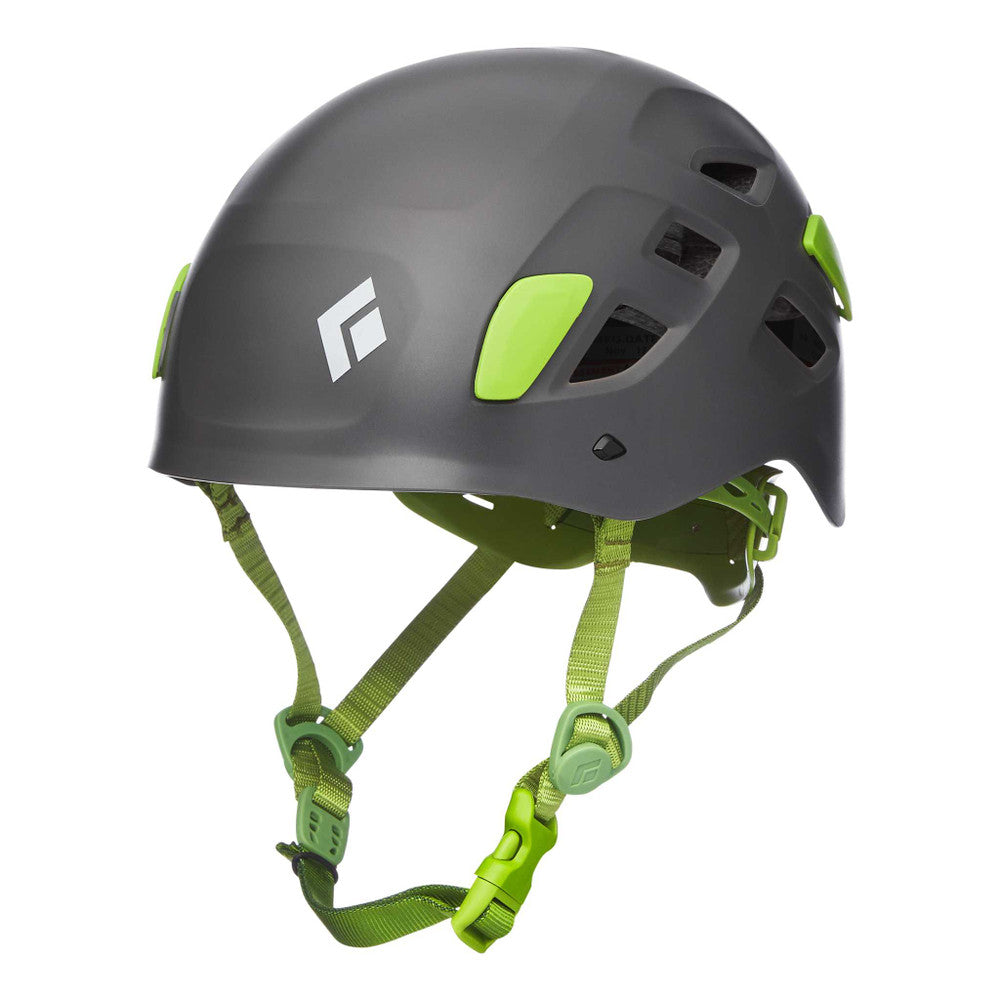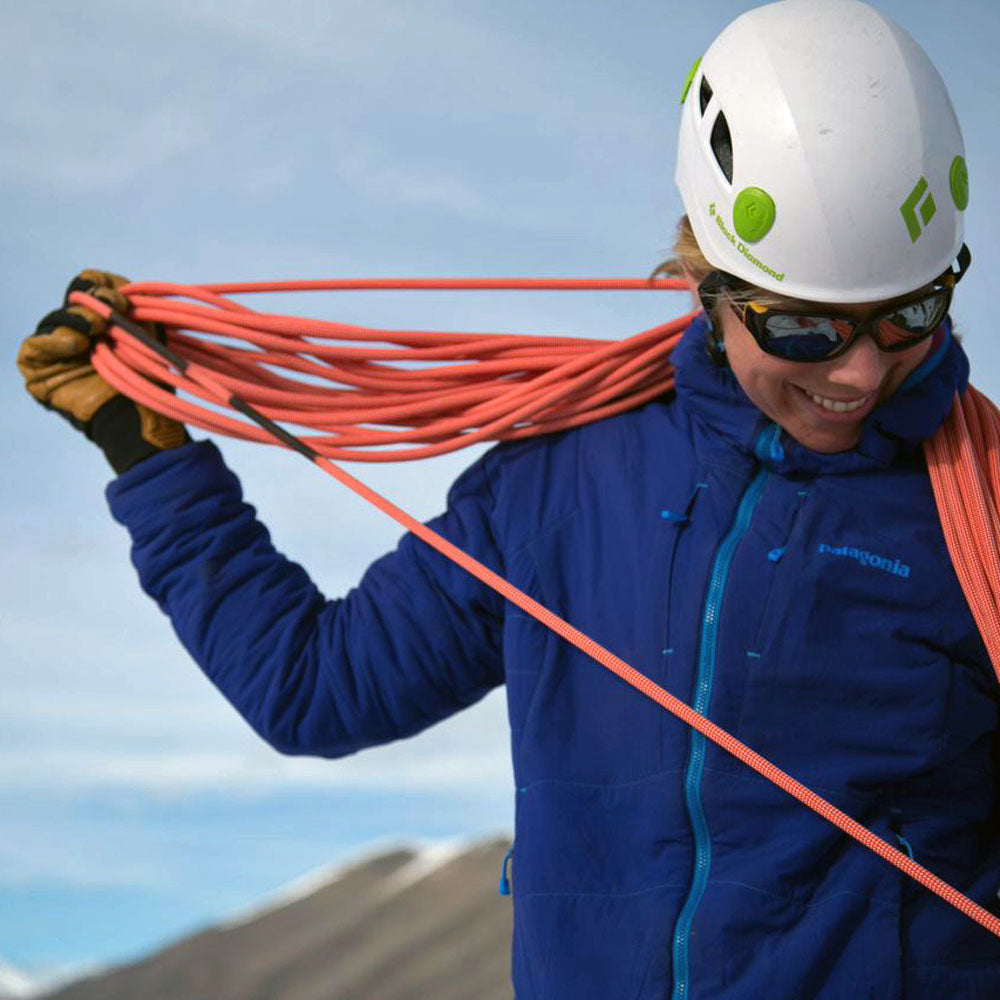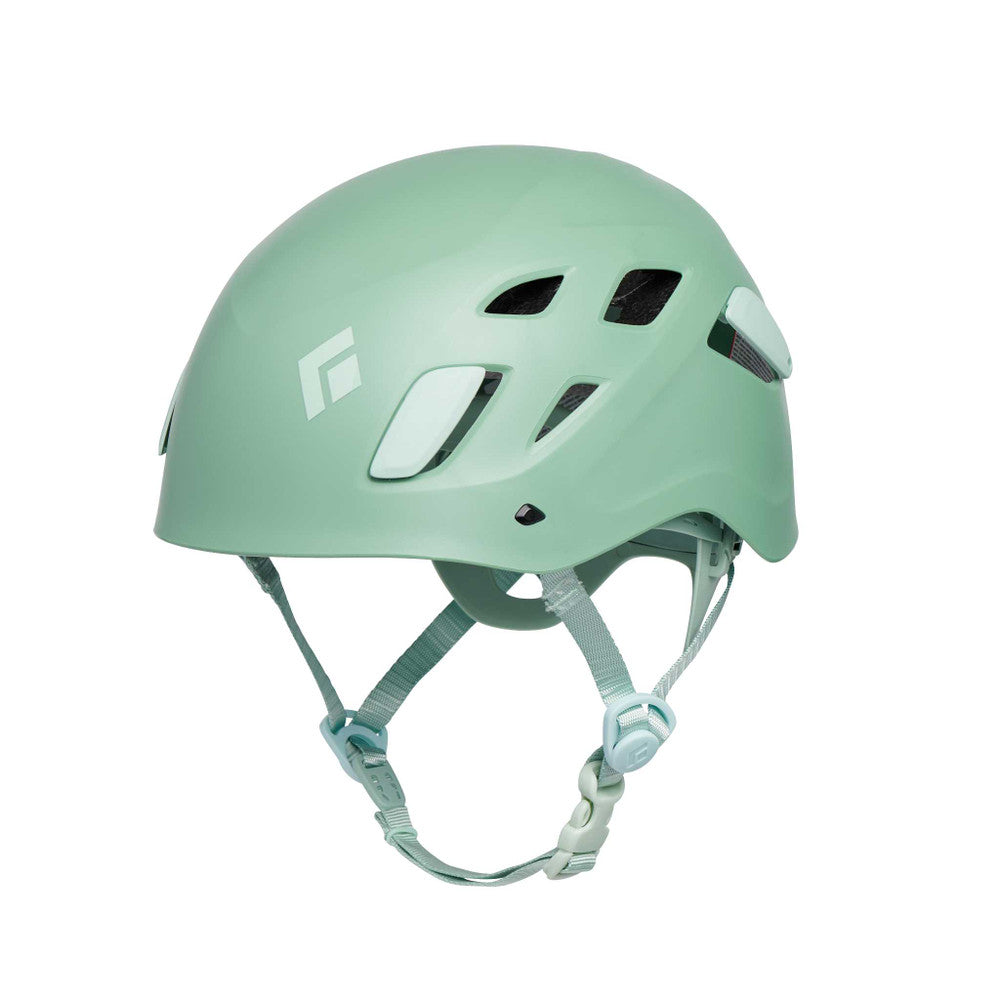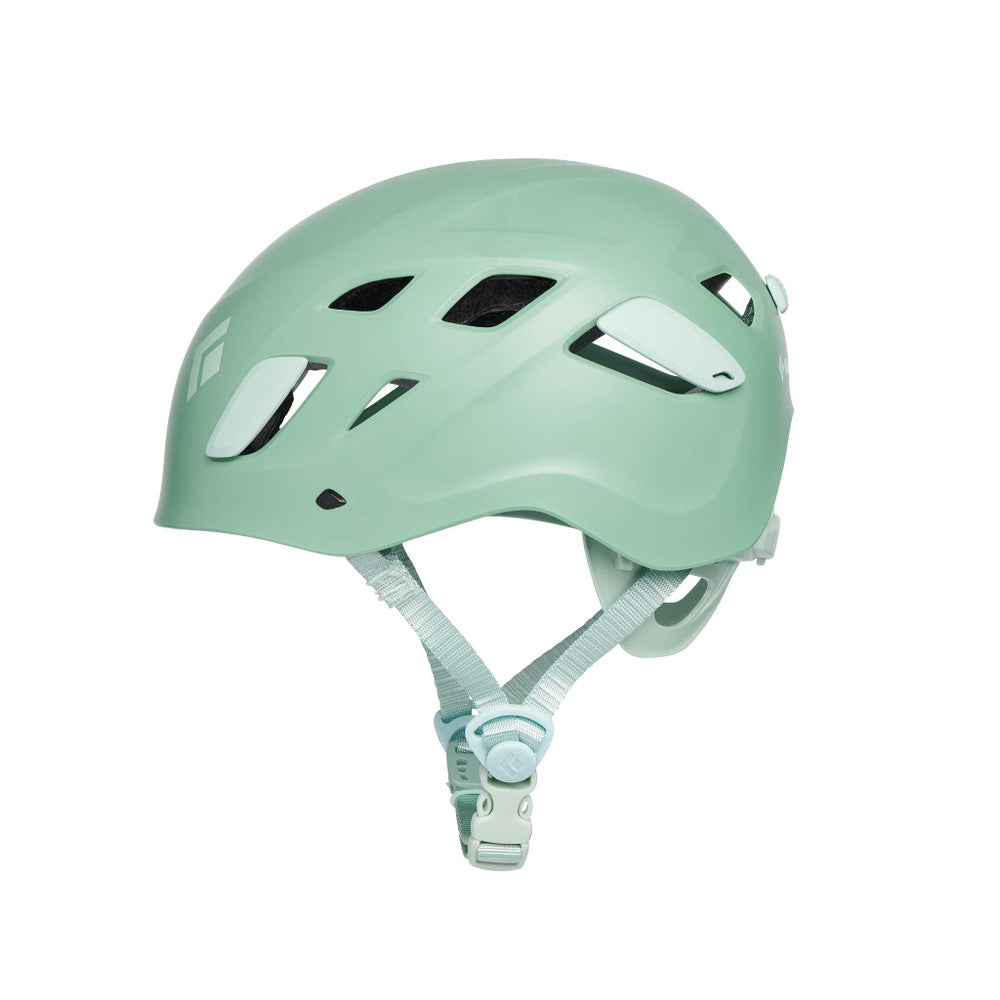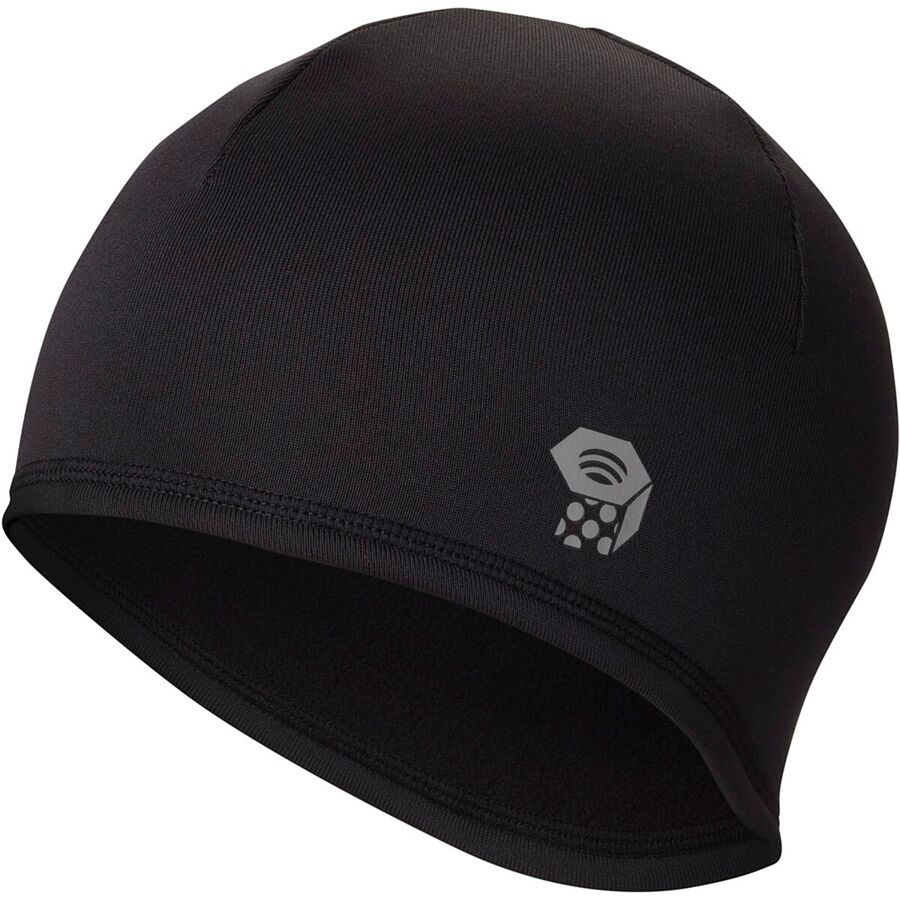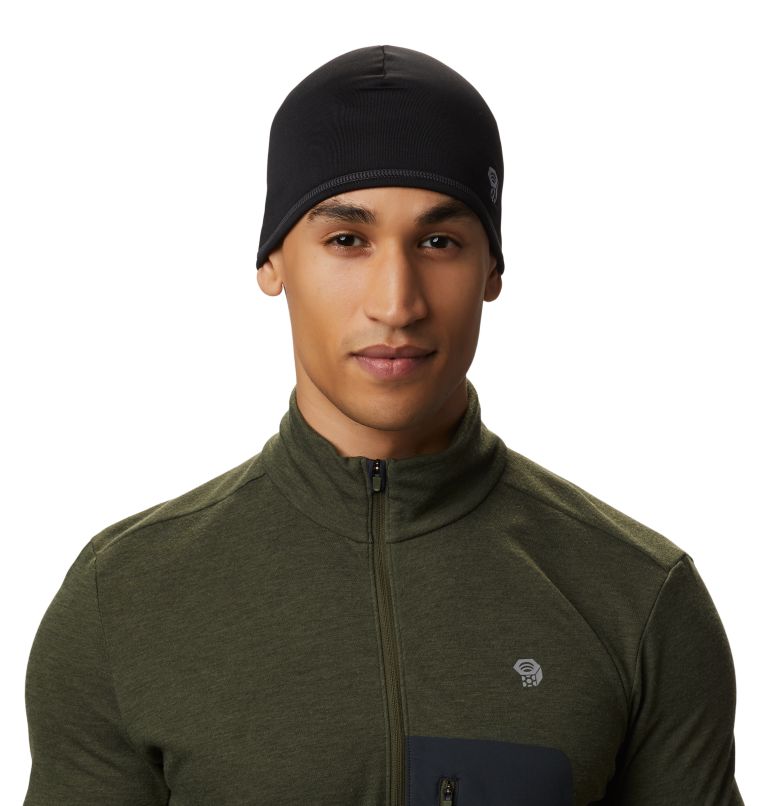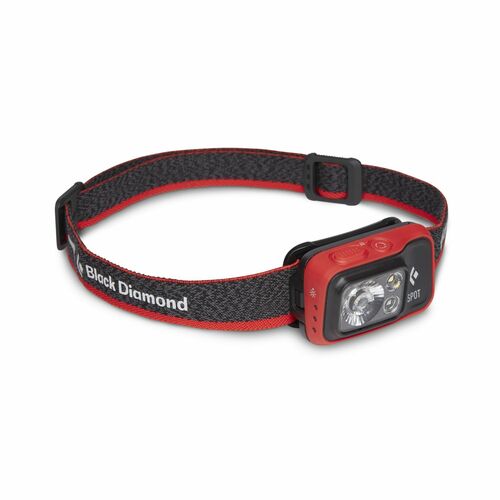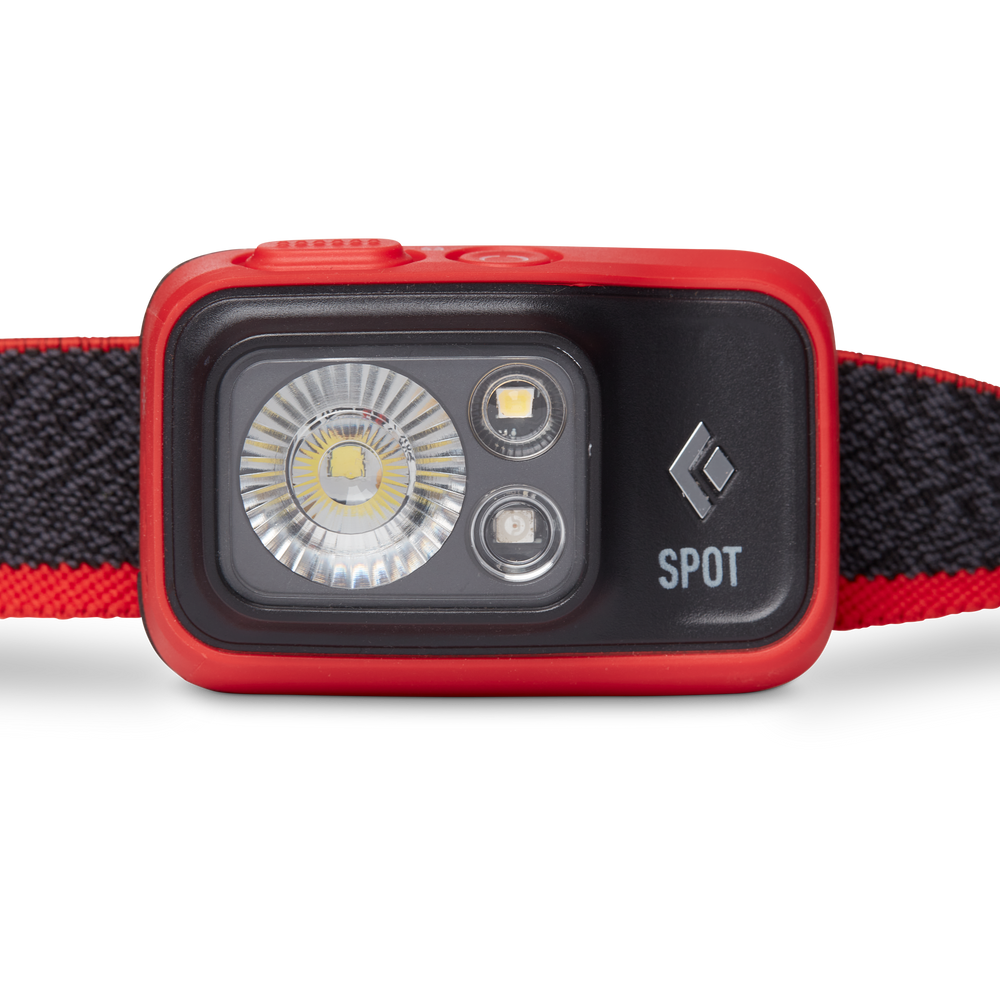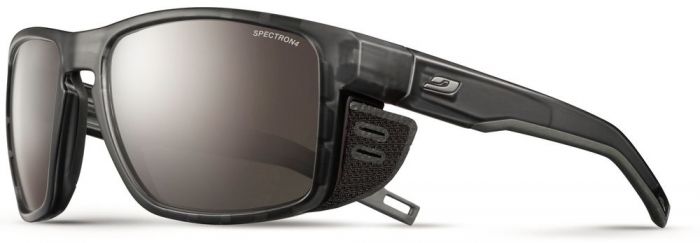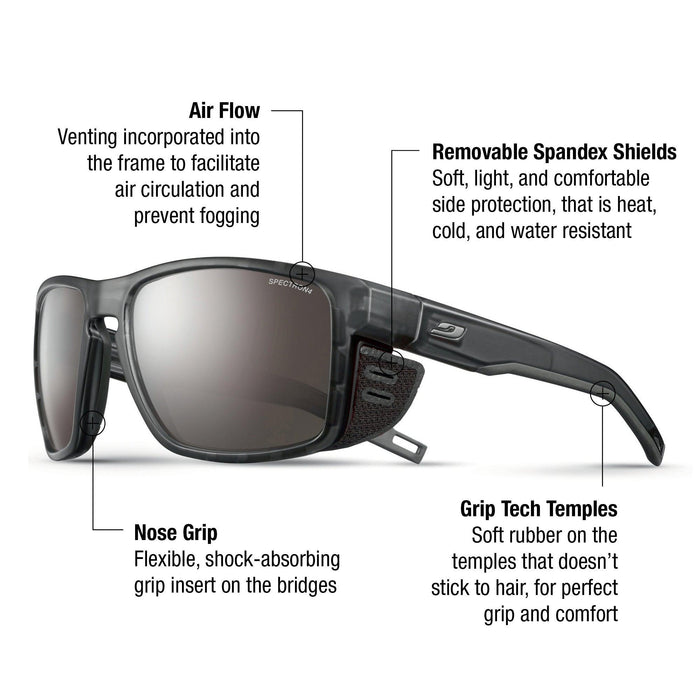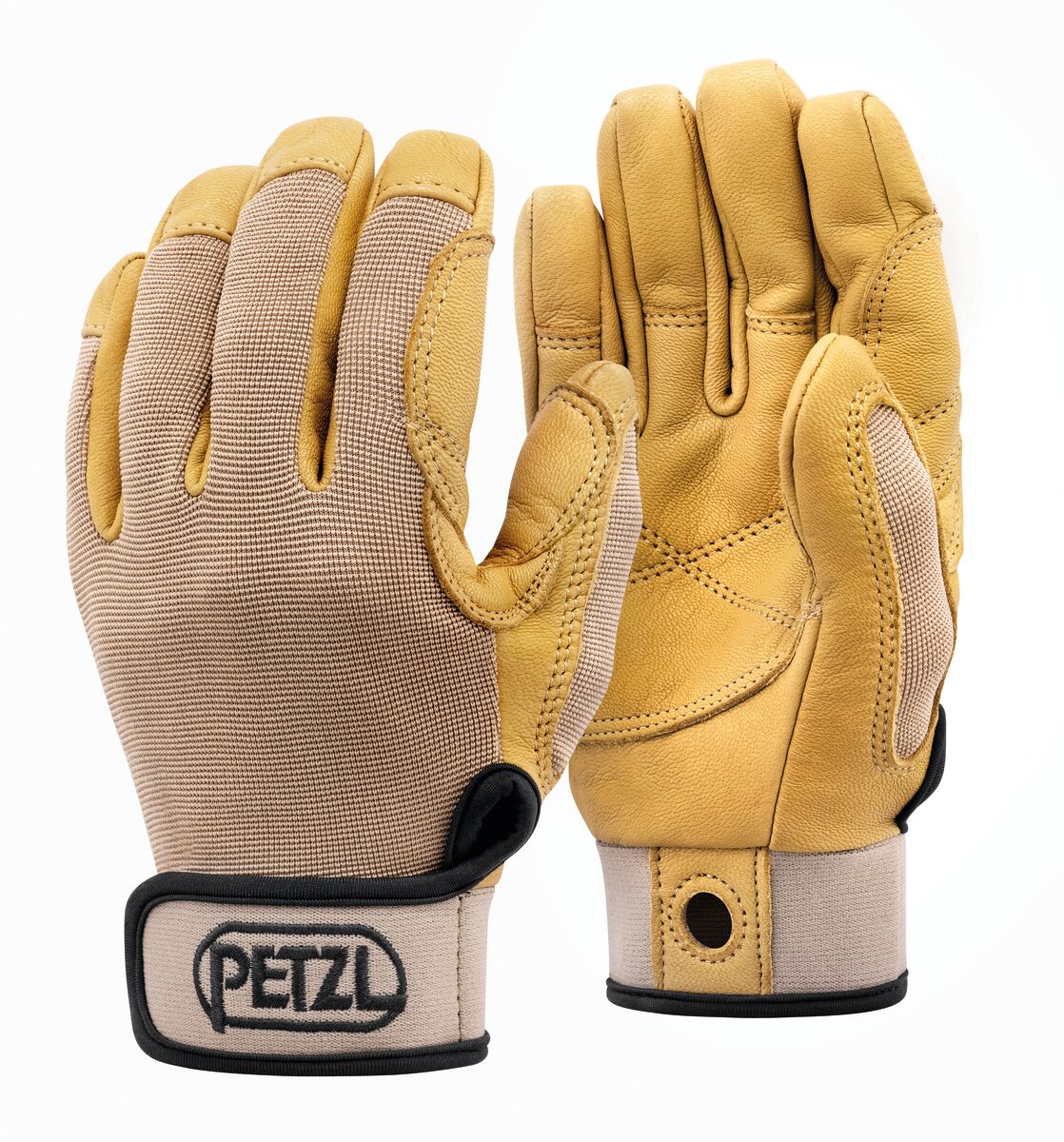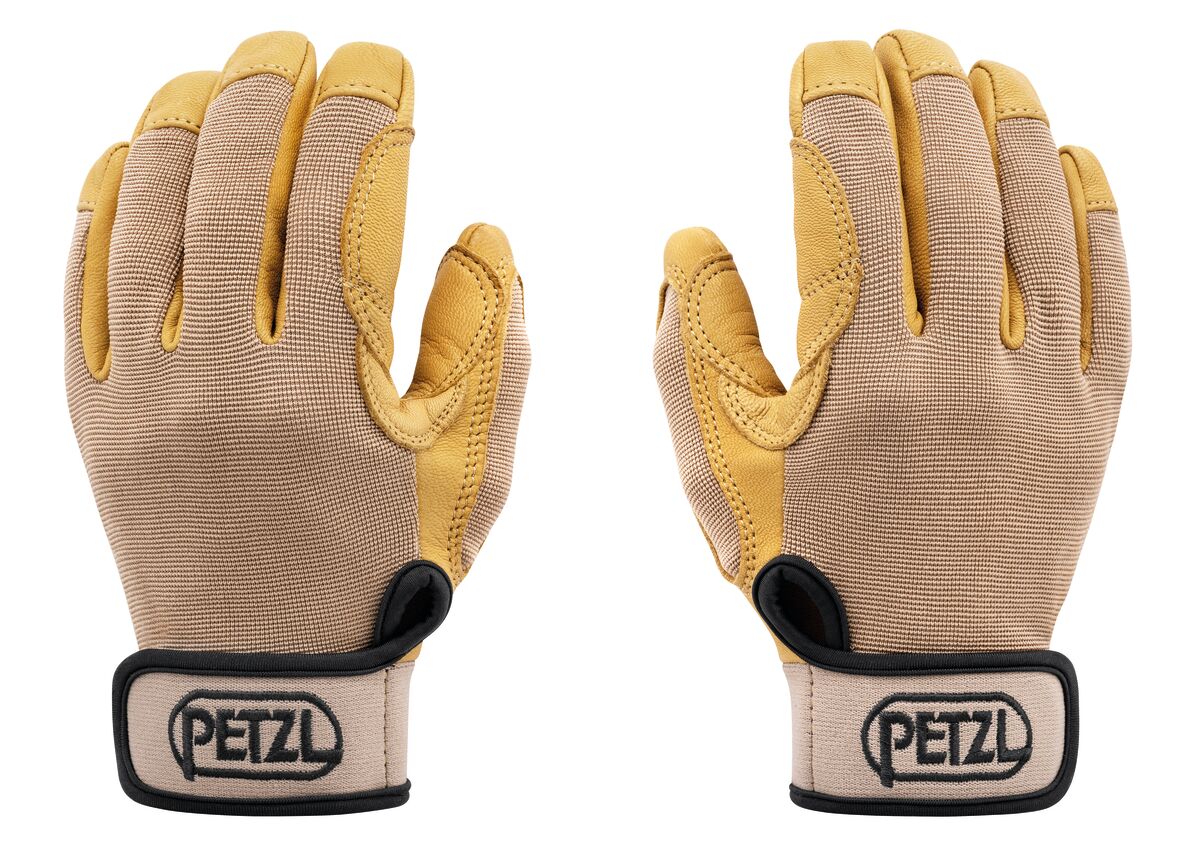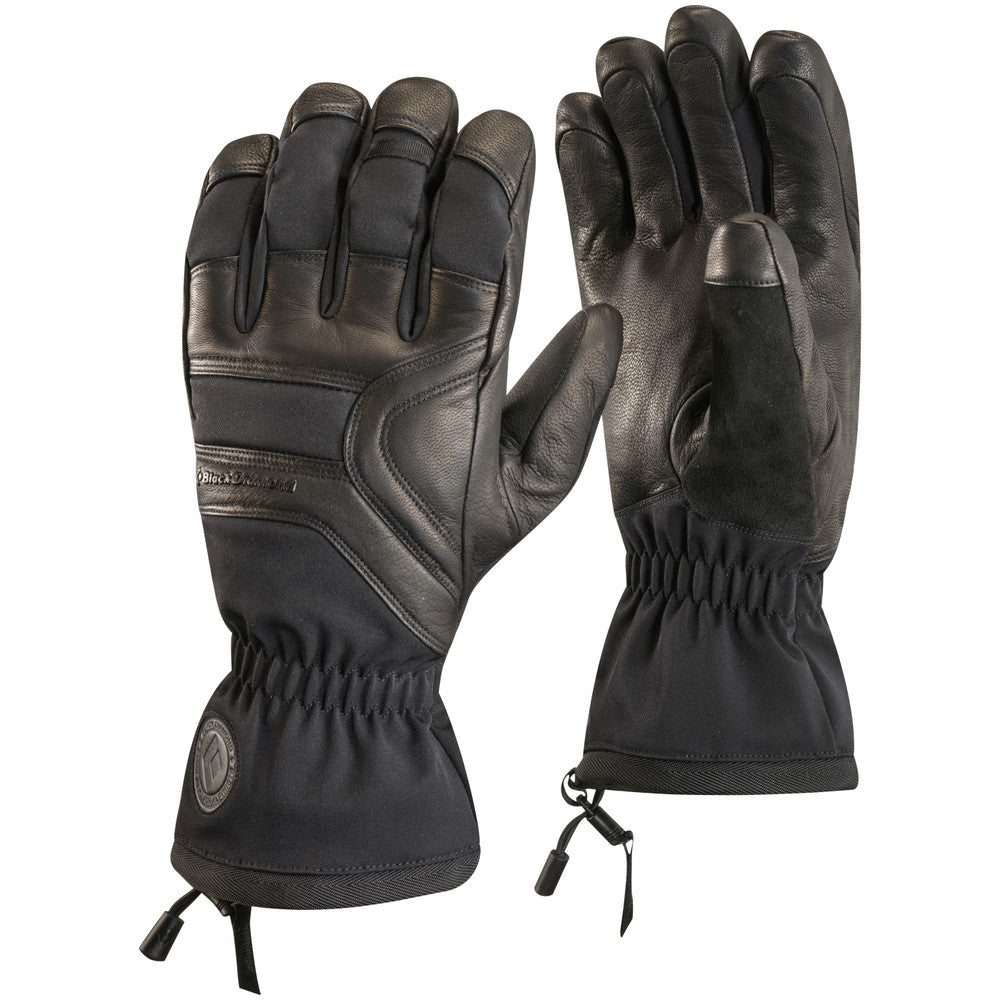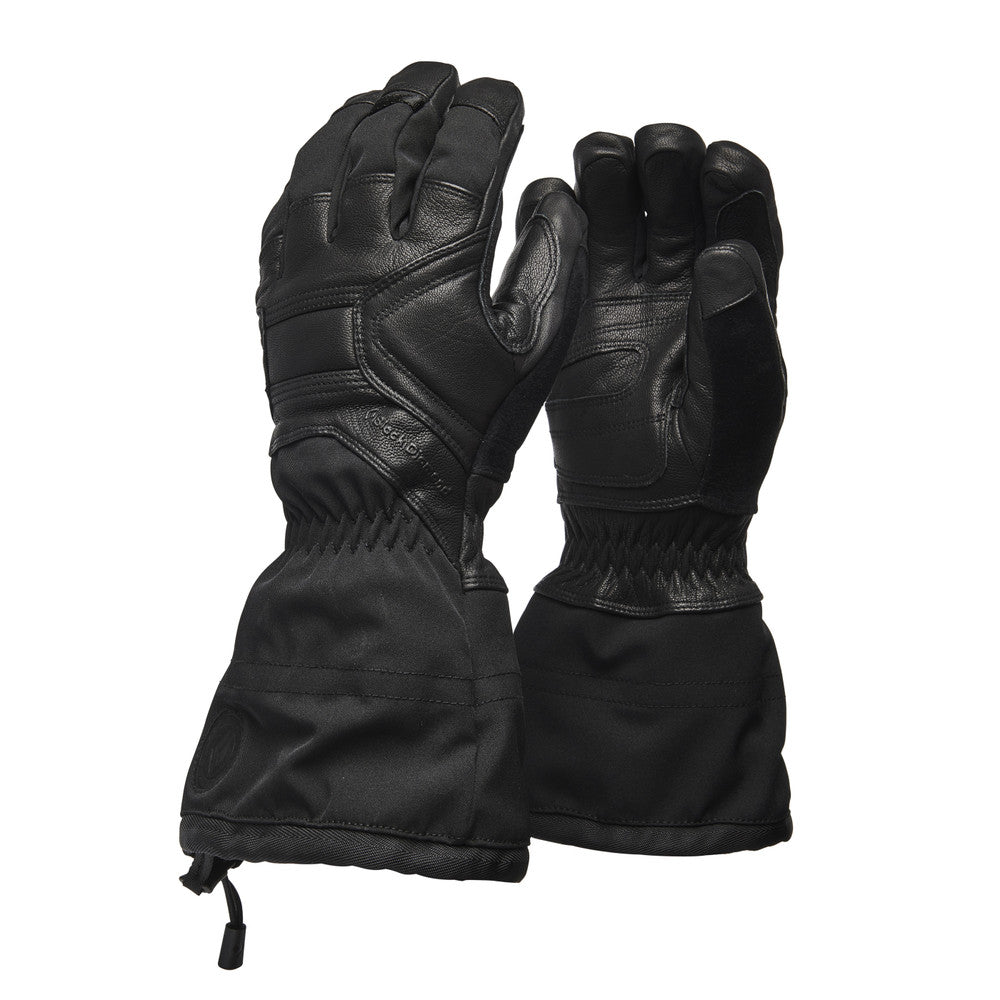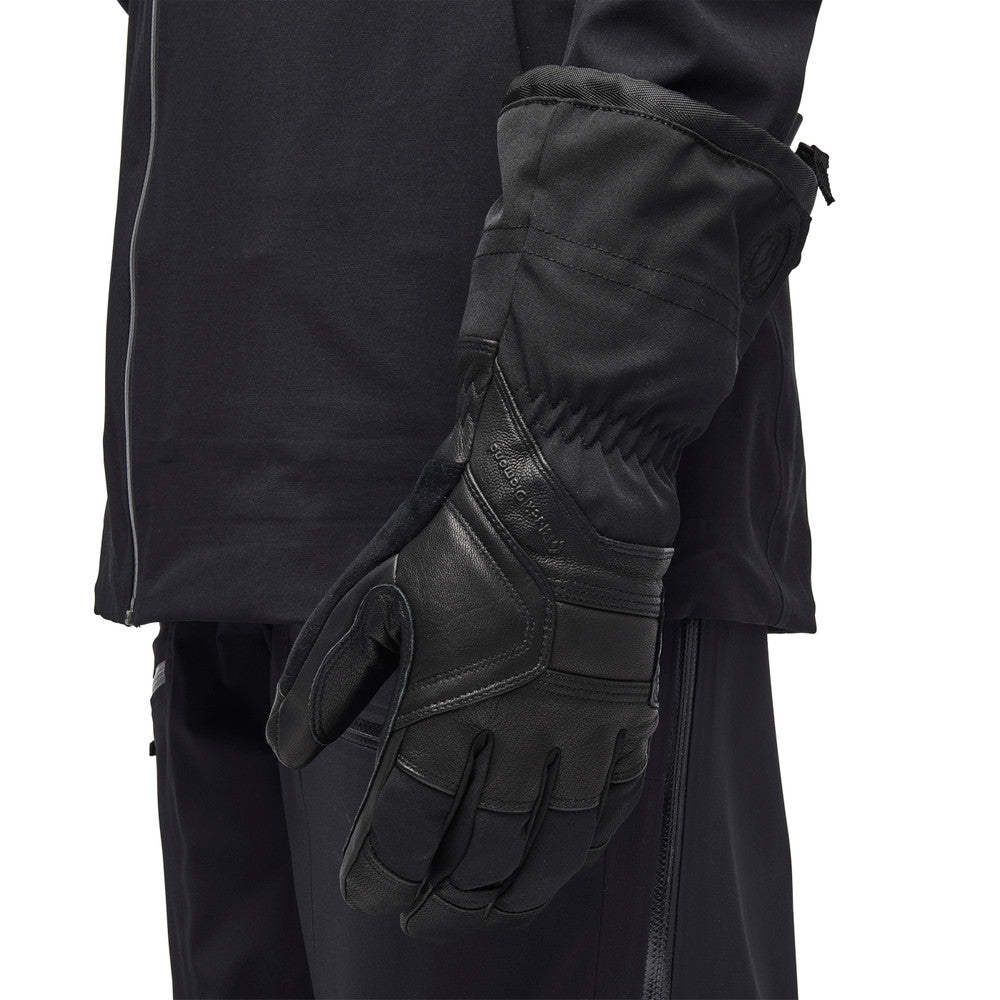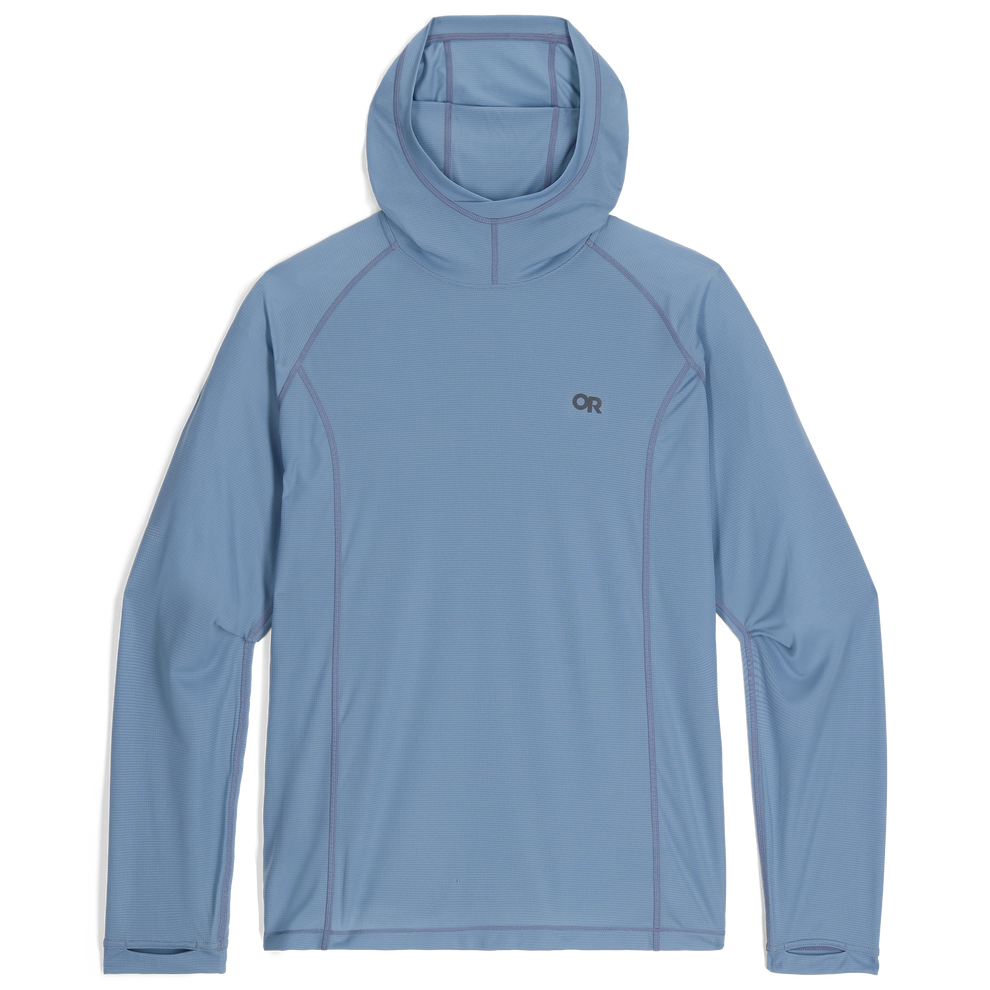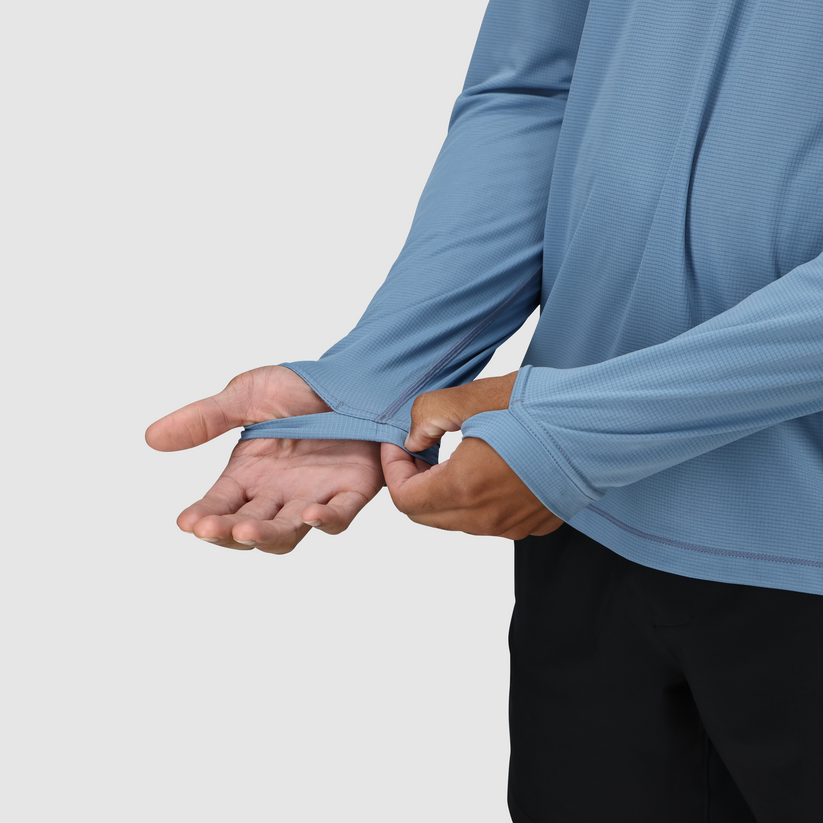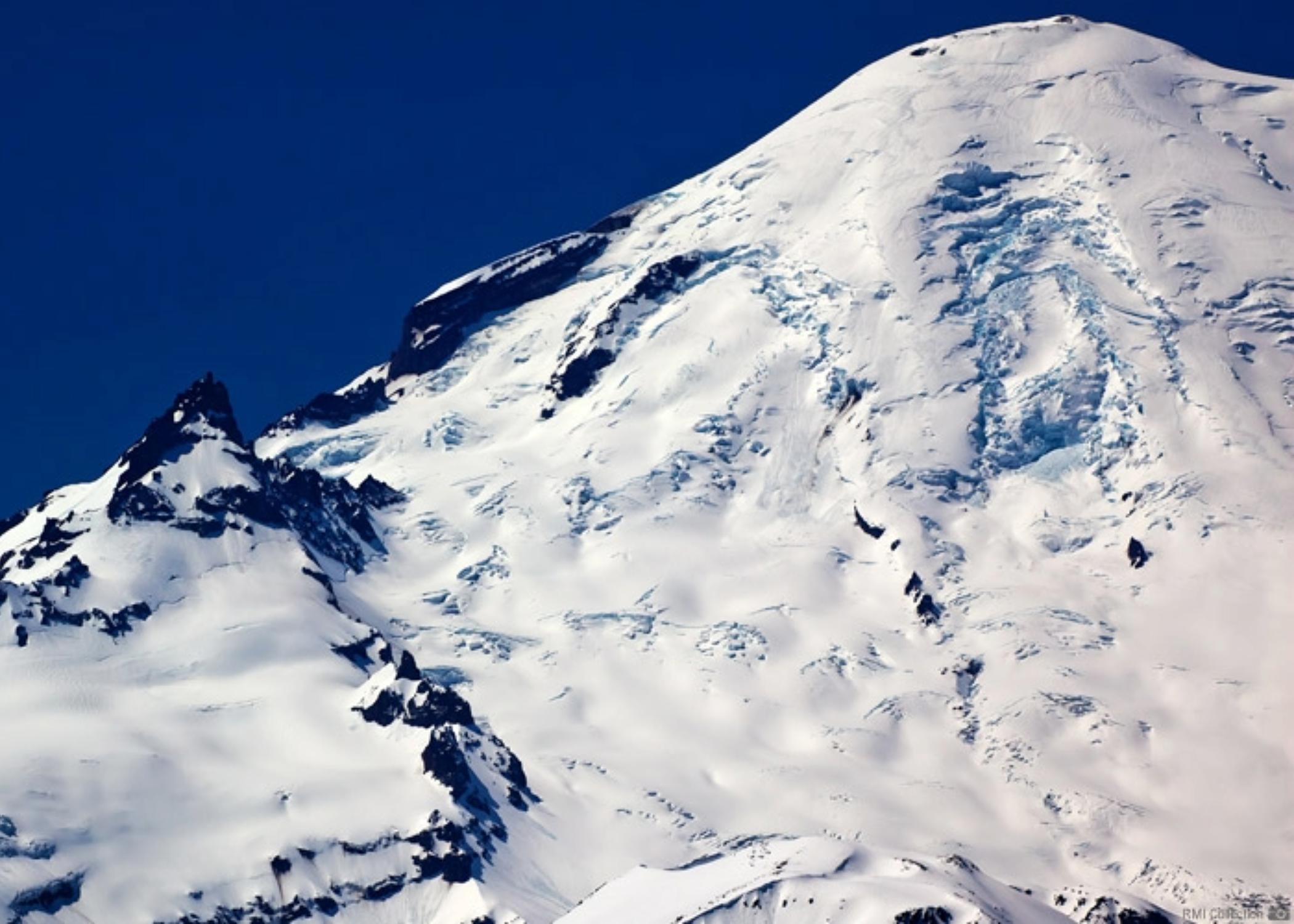
DC Route - Seminar
Train Where You Climb
RMI’s Paradise and Muir Seminars combine skills training with summit ambition on Rainier’s classic Disappointment Cleaver route. These multi-day programs teach glacier travel, crevasse rescue, and expedition systems while giving climbers time to acclimatize and practice in real alpine terrain. This collection includes the versatile gear guides trust for Rainier’s fast-changing conditions.
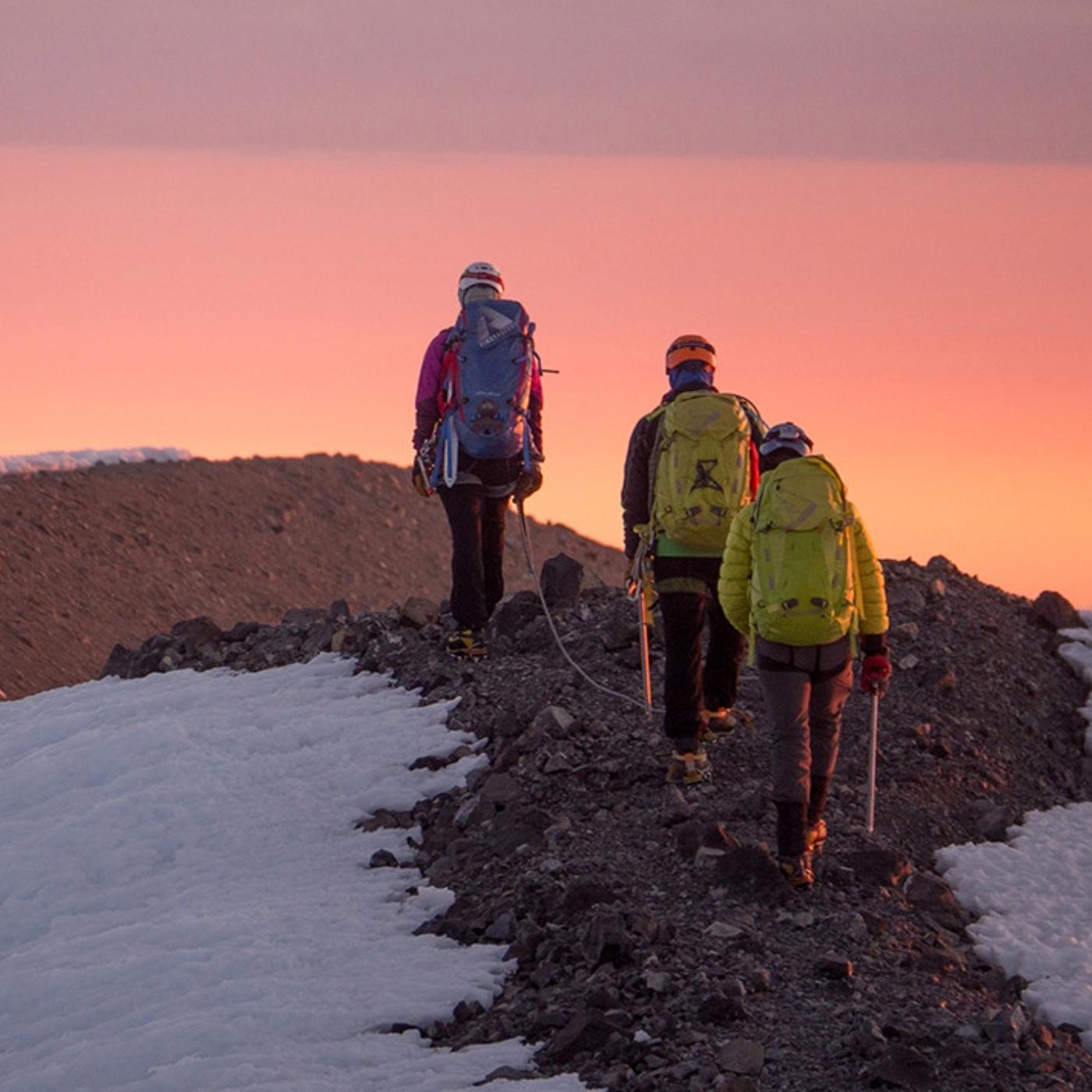
Learn from RMI Guides
RMI’s Paradise and Muir Seminars offer an immersive introduction to mountaineering. Over five to six days, you’ll learn critical glacier travel, rope skills, and climbing systems under the guidance of seasoned Rainier professionals — and have a chance to summit via the Disappointment Cleaver route.
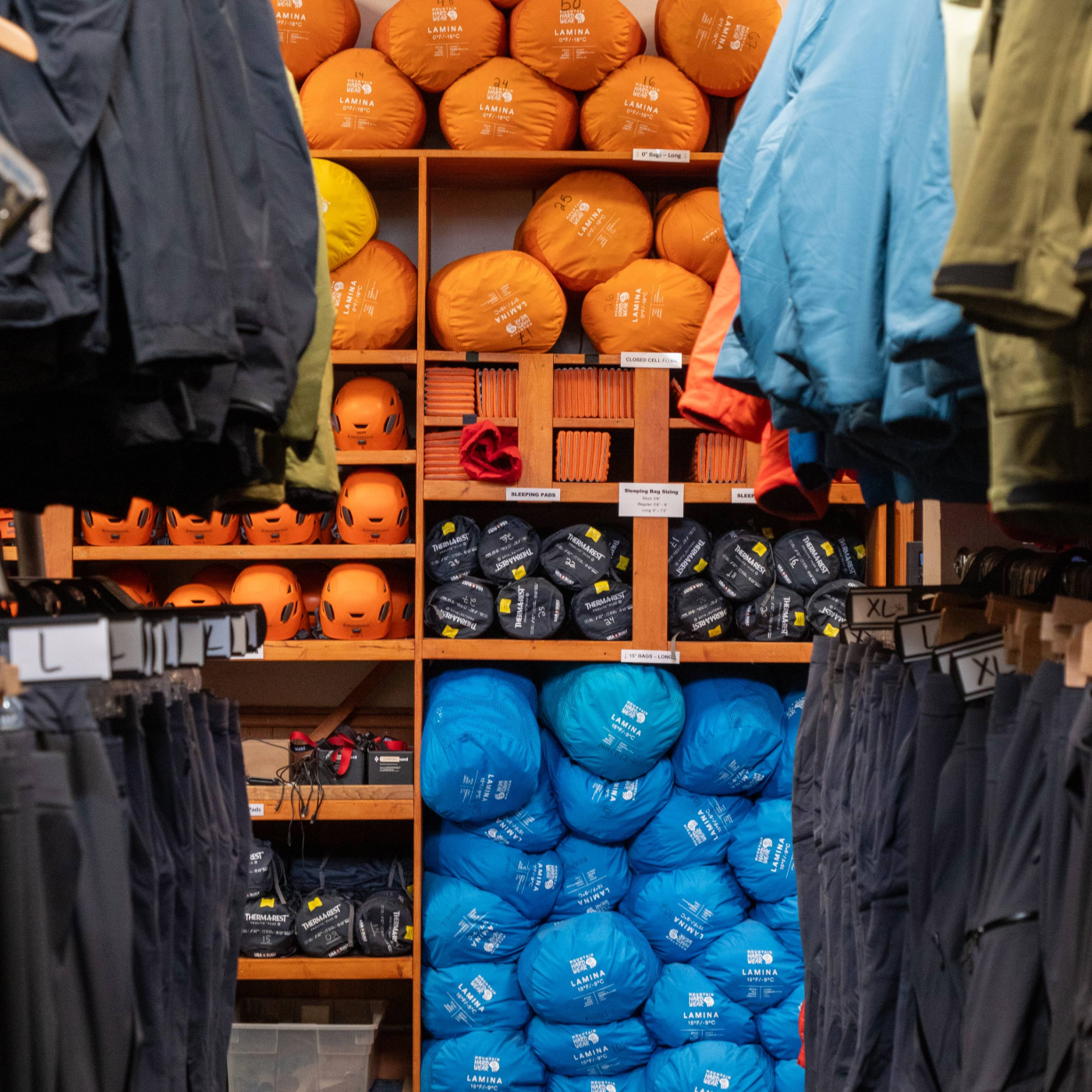
Rent What You Need in Ashford
Outfitting a seminar doesn’t have to mean buying everything new. Our rental program in Ashford covers boots, crampons, packs, and more — all fitted and maintained by climbers who know the mountain firsthand.
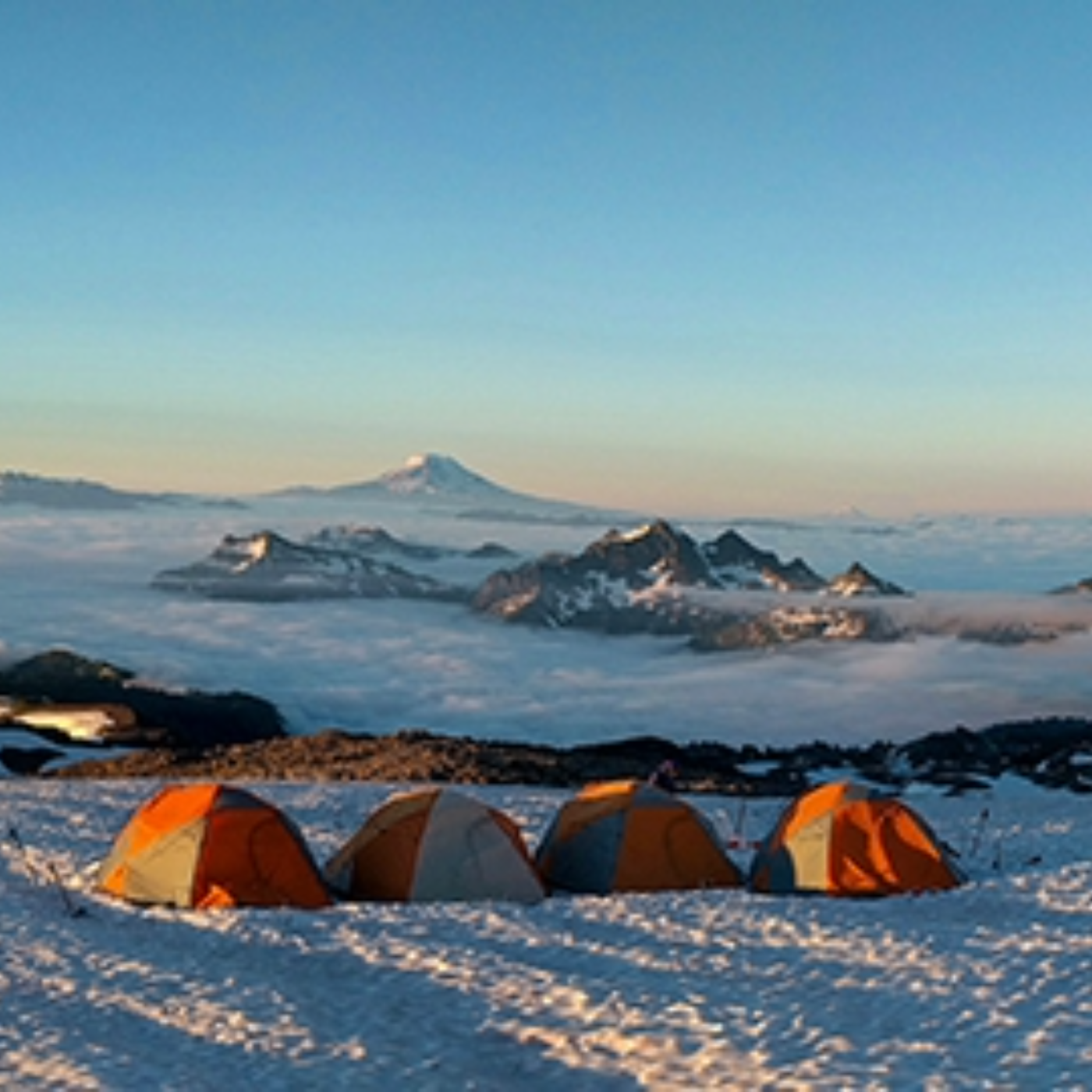
The RMI Seminar Gear List
This collection mirrors the RMI gear lists for the Paradise and Muir Seminars — gear built for learning, not just summiting. You’ll find durable, versatile layers and equipment tested through full alpine training days and variable weather.
Filters
56 products
1 color available
1 color available
DC Route - Seminar FAQ
The Paradise and Muir Seminars expose climbers to the full range of Rainier’s alpine environments — from warm training days at Paradise to the cold, windy upper mountain. The gear you bring should adapt to both instruction and summit conditions. Here are a few common questions from seminar participants.
What kind of boots should I bring for a seminar?
Single mountaineering boots work well for most summer seminars. If freezing levels are low or you tend to run cold, double boots are worth considering. Choose a boot that’s crampon-compatible and waterproof — you’ll be standing in snow for much of the week.
What type of pack should I bring?
A 80+ liter backpack offers the space and structure you’ll need for multi-day travel, glacier gear, and camping systems. Aim for a simple, durable alpine design with minimal external straps or accessories — lighter is better when you’re moving all day.
How should I layer for variable conditions?
You’ll train and climb through a wide temperature range, so your layering system should be flexible. Bring a breathable baselayer, an active midlayer, a warm puffy, and a waterproof shell. See our Guide to Mountain Layering for examples of how to adjust your system through each phase of the climb.
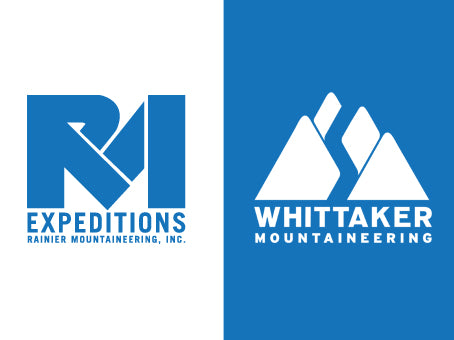
Free shipping
On orders over $150.
Expert Guidance
From mountain professionals, via chat, email, or phone.
Easy Returns
Just reach out and let us know.



